Bargain Bonanza On Wheels: How To Road Trip Like A Boss On A Budget
Road trips are special in the hearts of adventure seekers and travel enthusiasts. The freedom and spontaneity of hitting the open road, with its promise of new experiences, evoke a sense of exhilaration like no other. A road trip transcends the mere act of going from one place to another; it becomes a transformative journey that unlocks the spirit of exploration within us.
A road trip embodies the spirit of freedom, where one can escape the confines of routine. The ability to choose your path and explore off-the-beaten-track destinations creates a sense of liberation and excitement. However, this entire journey doesn’t have to leave you bankrupt. You can have a terrific time and still be within your budget. Below are some money-saving tricks to help you have a road trip.
1. Set a budget
Setting a budget for your road trip is crucial to a financially manageable and stress-free journey. Decide the days or weeks you plan to be on the road. This will help you estimate your overall expenses. Calculate fuel cost by multiplying the estimated distance by the average fuel consumption.
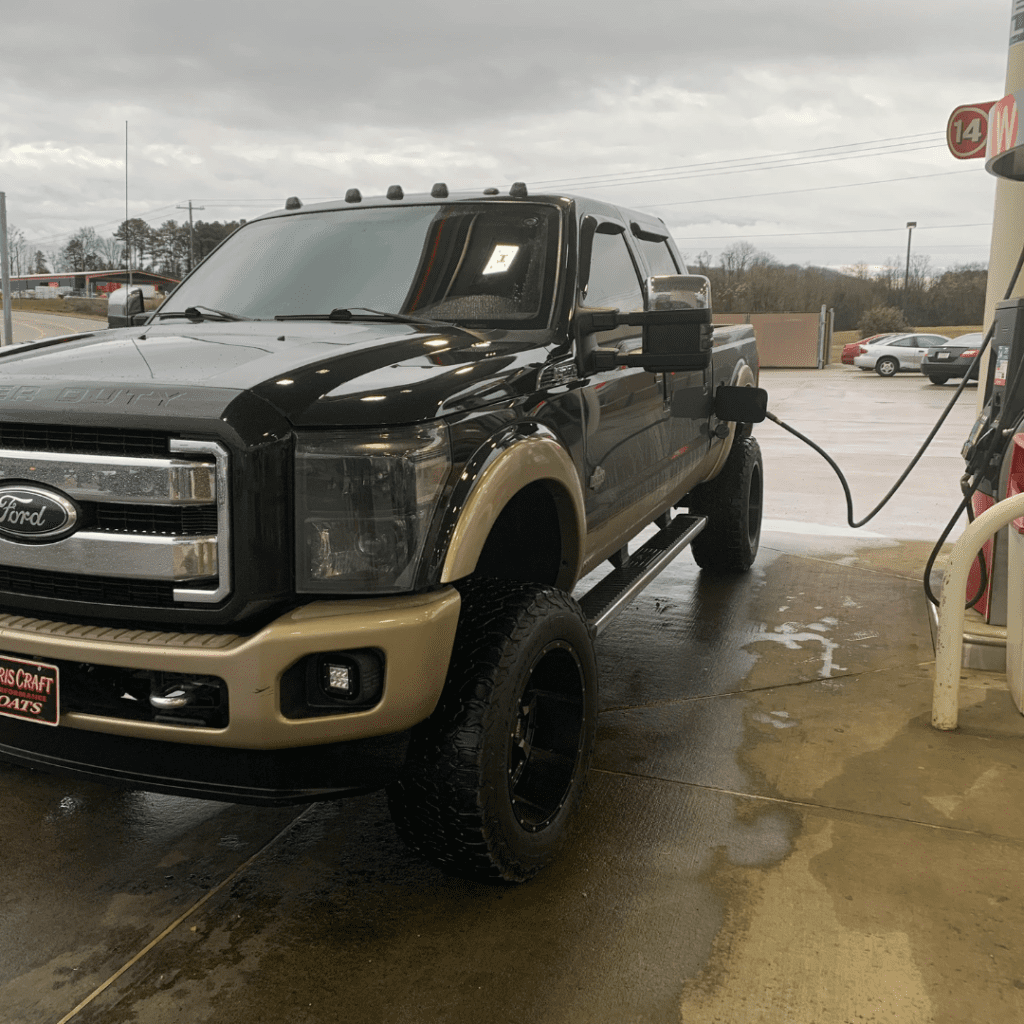
Remember that a budget is a flexible tool, and it’s essential to be adaptable during your road trip. Prioritize your expenses based on what matters most to you, and be willing to make adjustments along the way to ensure you stay within your budgetary limits.
2. Strategic packing
Packing strategically for your trip can help you stay organized, maximize space, and ensure you have everything you need. Create a comprehensive packing list that includes everything you need. Divide the list into clothing, toiletries, electronics, documents, and miscellaneous items.
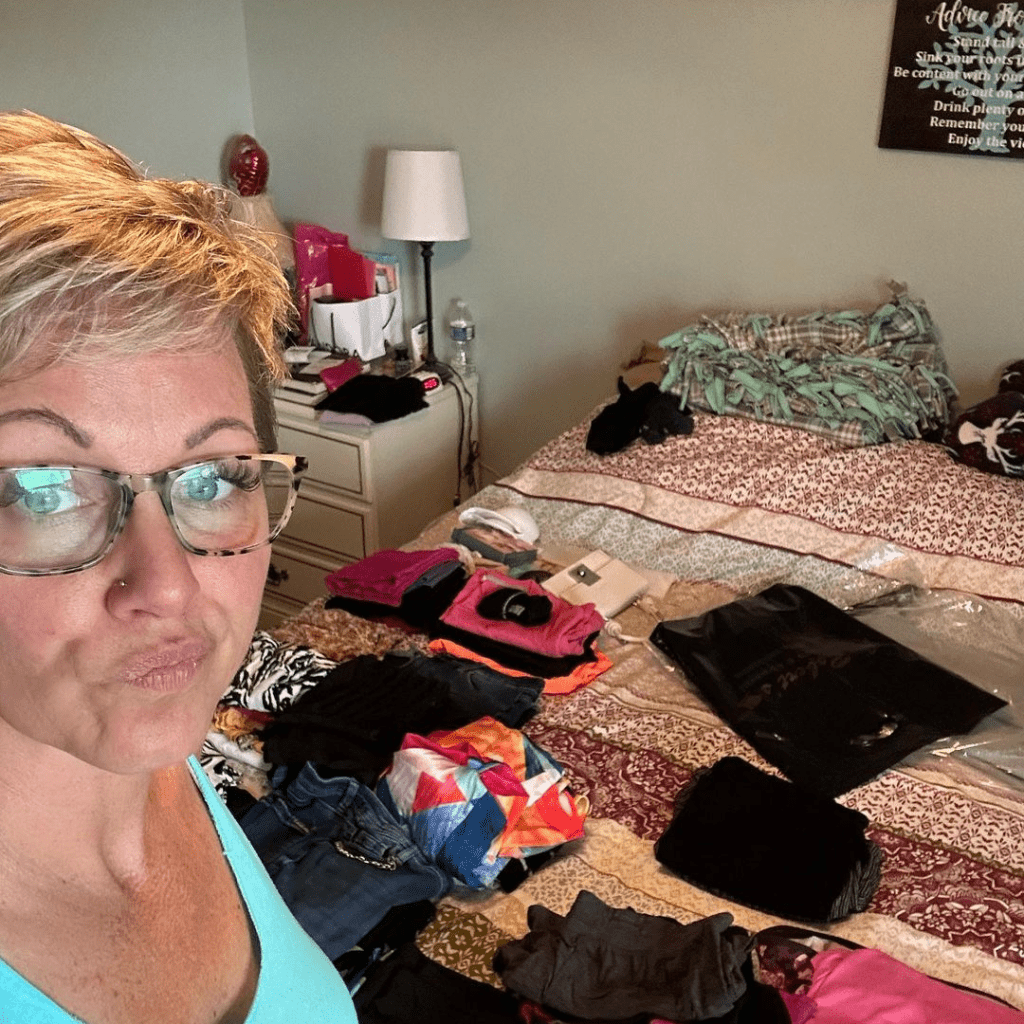
Transfer your toiletries into travel-sized containers to save space and comply with travel regulations. Alternatively, purchase travel-sized toiletries from stores or online. Consider packing only the essentials and items that are difficult to find at your destination. Rolling your clothes instead of keeping them as it is can save space and help prevent wrinkles.
3. Keep track of the expenses
During the trip, keep track of your expenses and compare them to your budget to stay aligned with the plan and make the necessary adjustments. Add up all the estimated costs to calculate your total budget for the road trip. Make sure to include a contingency amount to cover any unexpected fees.

Account for other miscellaneous expenses, such as tolls, parking fees, souvenirs, and any unexpected costs during your trip. Having a cushion in your budget is always good to accommodate unforeseen circumstances. Allocate a portion of your budget for entertainment and activities based on your priorities.
4. Do not travel on holidays
Planning a trip during holidays can be exciting, but it often comes with higher costs and increased crowds. Travel-related expenses, including accommodations, flights, and attractions, can cost you more during holidays. Prices are often inflated because of the higher demand.
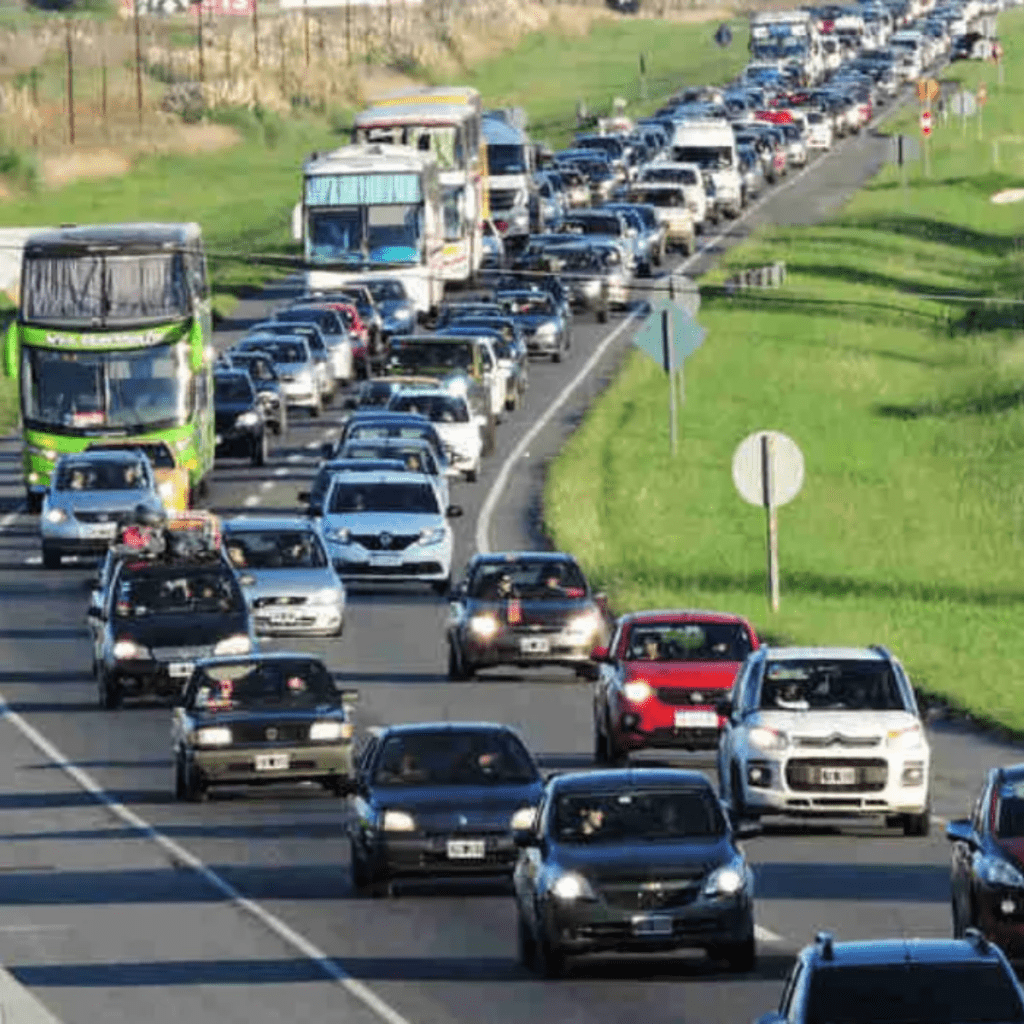
However, it’s important to note that avoiding holidays doesn’t mean you can’t have a memorable trip. Consider planning your trip during off-peak seasons when prices are lower, destinations are less crowded, and availability is more abundant. You can still have a memorable trip and enjoy the attractions without the holiday rush.
5. Get a van instead of a car
Opting for a van instead of a car for your road trip can offer several advantages. Vans typically provide more interior space than cars, allowing you to comfortably accommodate passengers and their belongings. The additional space will enable passengers to stretch their legs, recline their seats, and enjoy a more relaxed journey.
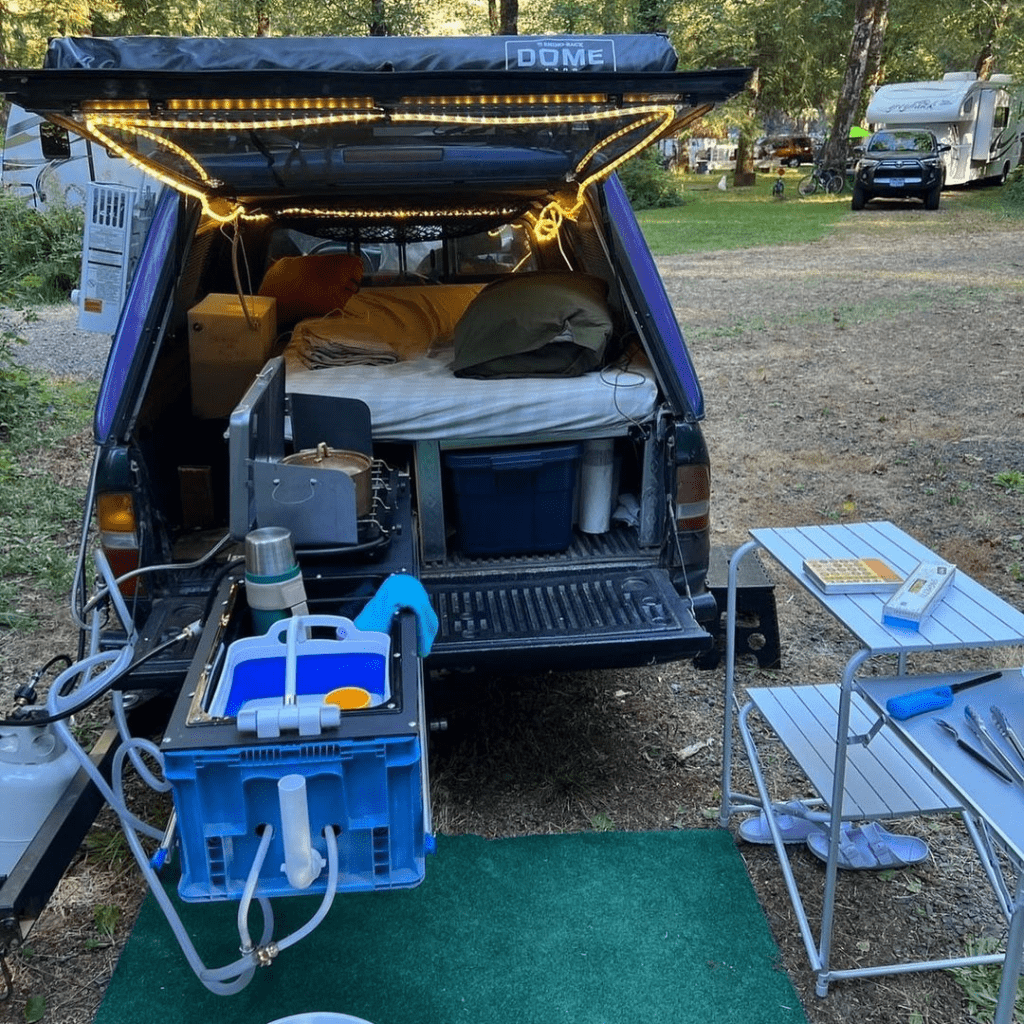
Vans, especially those designed for camping or conversion, can offer accommodations like foldable beds, pop-up roofs, or dedicated sleeping areas. This makes camping out or spending nights on the road convenient without additional camping gear or accommodations.
6. Look for remote and free campsites
When looking for remote and free campsites for your road trip, various camping apps and websites provide information on free and remote grounds. Some popular ones include Campendium, iOverlander, and FreeRoam. These platforms often have user reviews, photos, and detailed descriptions of camps.
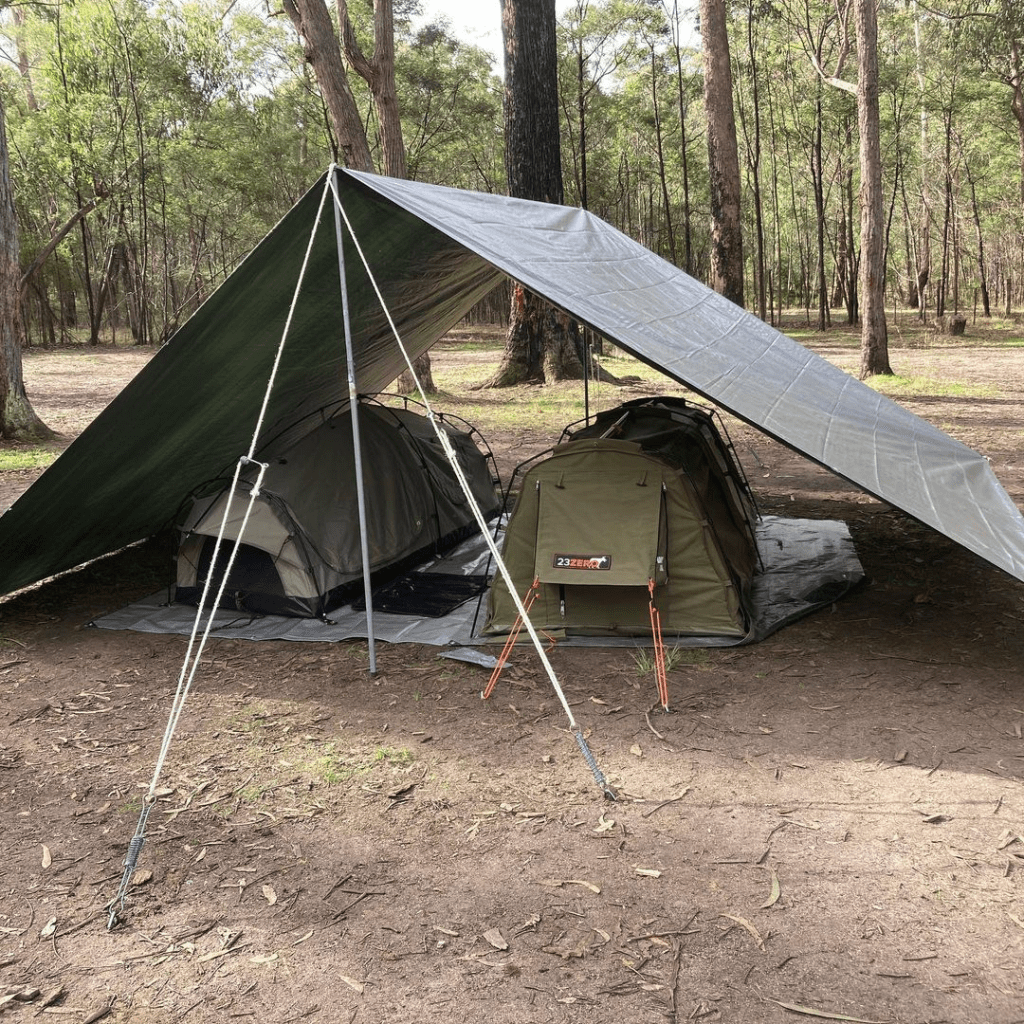
If you’re comfortable with more rugged and primitive camping, consider backcountry camping in areas that permit it. This involves hiking or backpacking to remote sites. Don’t hesitate to ask locals or fellow travelers for recommendations on remote and free campsites when you’re on the road.
7. Download a digital application
Downloading a digital app for your trip can enhance your travel experience and provide valuable tools and information at your fingertips. Navigation apps like Google Maps, Waze, or Maps.me can assist you in finding directions, estimating travel times, and avoiding traffic.
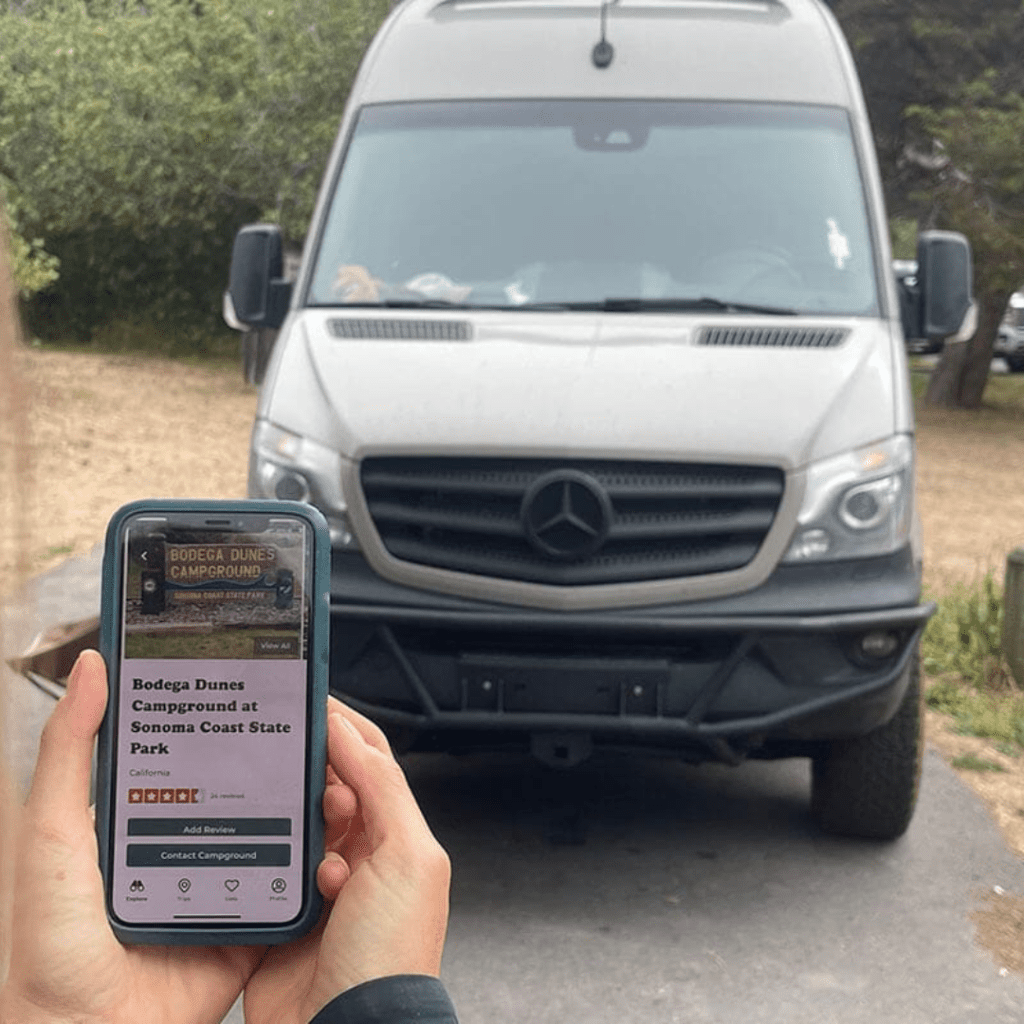
Apps such as Airbnb, Booking.com, or Hotels.com allow you to search for and book accommodations based on your budget. They provide user reviews and filters to help you look for a location to stay. Depending on your interests and needs, you can explore categories and download apps that align with your travel style.
8. Grab the offers on booking sites
To grab offers on booking sites and maximize your savings on accommodations, subscribe to the email newsletters of booking sites and travel agencies. They often send their subscribers exclusive deals, promotions, and discount codes. You can get a heads-up about special offers by staying informed.

Look out for flash sales or limited-time promotions on booking sites. These sales may offer discounts on accommodations for a specific period or at select properties. Be ready to book when you come across such deals. Utilize price comparison websites like Trivago, Kayak, or HotelsCombined to compare prices across multiple booking sites.
9. Cook on the trip
Cooking your meals on a road trip can be a cost-effective and enjoyable way to save money and have control over your food choices. Before your trip, create a daily meal plan to help you determine what ingredients and cooking equipment you need.
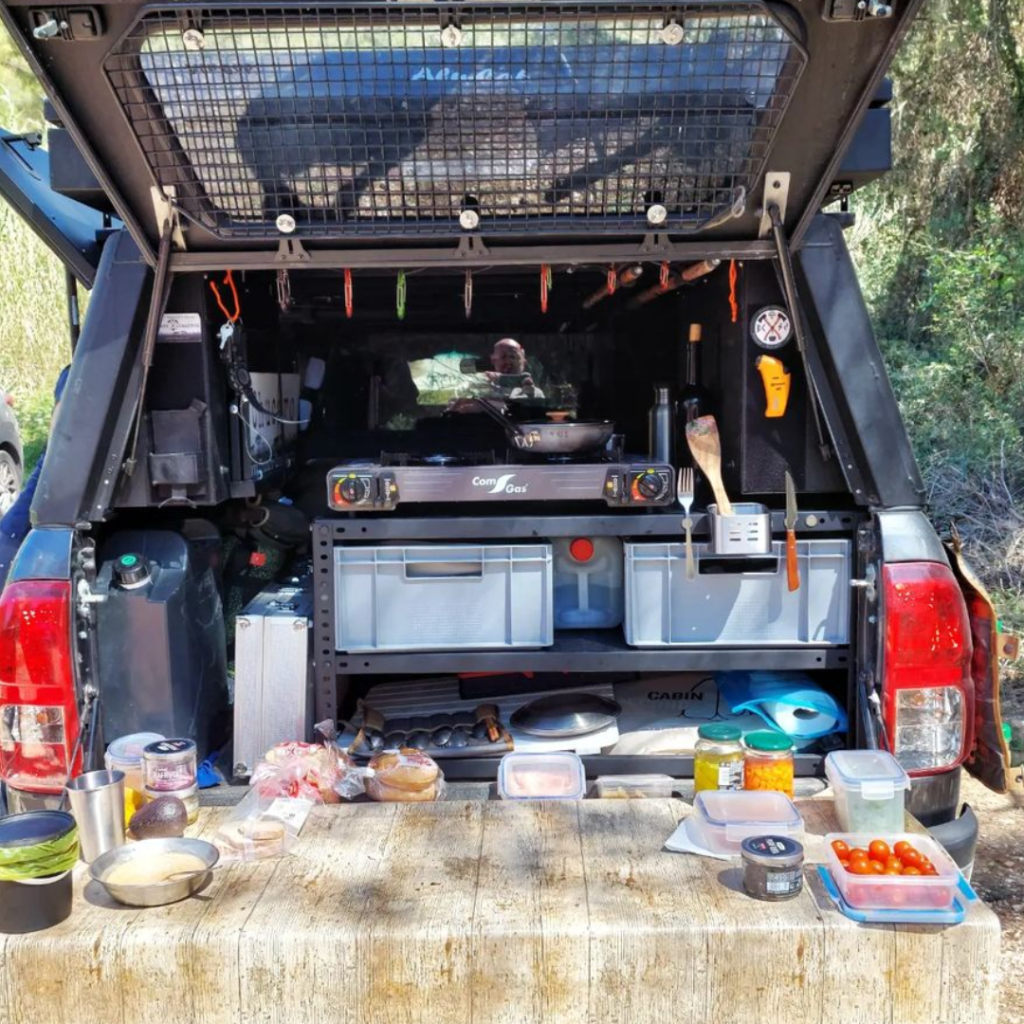
Pack non-perishable items such as canned goods, pasta, rice, dried fruits, nuts, spices, and condiments. These food items have a better shelf life and are convenient for cooking on the go. Cooking allows you to cater to your dietary preferences and enjoy preparing meals while on the go.
10. Accommodation
An essential aspect of travel planning is finding suitable accommodations. Websites such as Booking.com, Expedia, and Hotels.com offer various accommodations, including hotels, guesthouses, vacation rentals, and more. They provide user reviews, photos, amenities, and reasonable pricing, making comparison convenient.

Depending on your destination, there may be local accommodations such as guesthouses, bed and breakfasts, or inns that offer a unique and personalized experience. Local tourism websites or travel forums can provide information. Book accommodations well in advance, especially during peak travel seasons or in popular destinations, to secure availability and better rates.
11. Carry a small fridge in the RV
A small fridge in your RV can be a convenient way to store perishable food items, drinks, and medications. Based on your wants and available space in your RV, determine the size and capacity of the refrigerator. Compact fridges with a 1.5 to 4 cubic feet capacity are typically suitable for RVs.
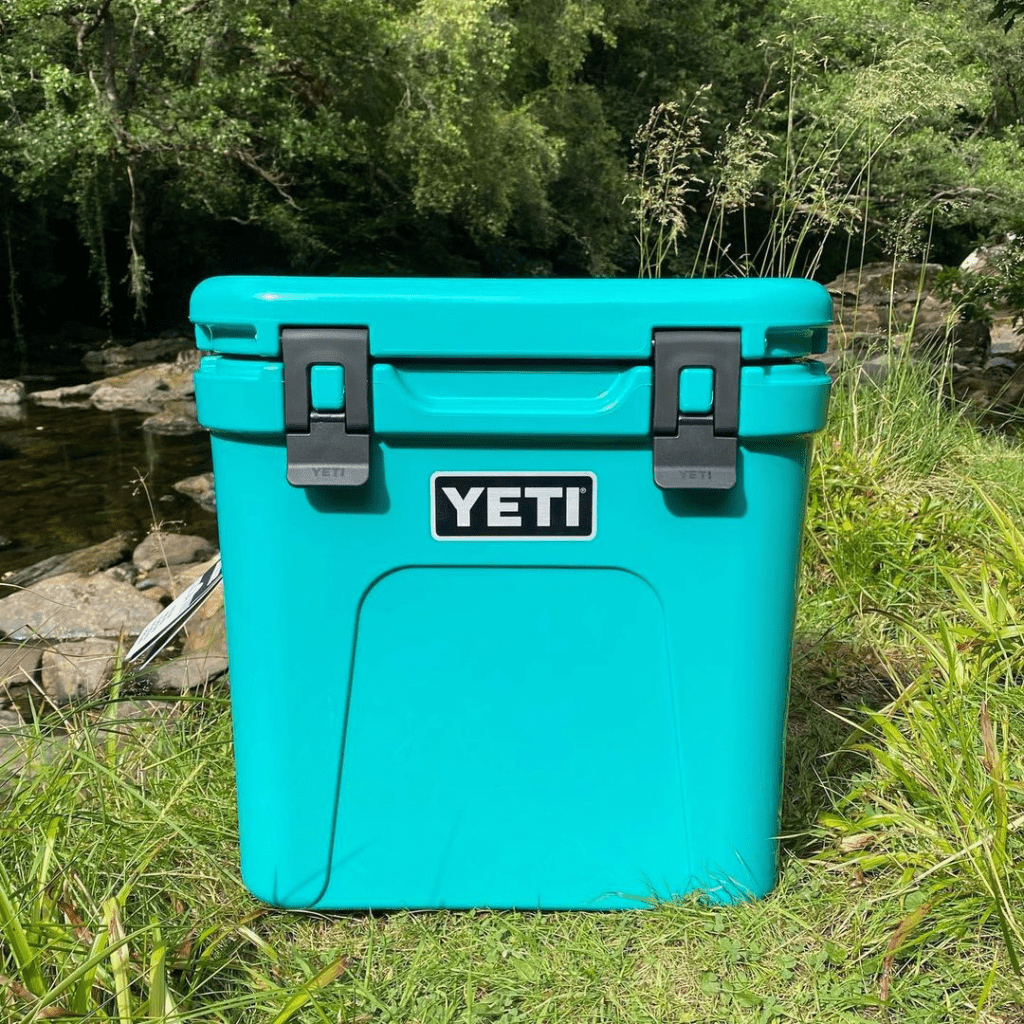
Look for a fridge with good energy efficiency to minimize power consumption. Energy Star-certified fridges are designed to use less energy, which can be important when relying on limited power sources in your RV. Remember to check the regulations and guidelines for using fridges in RVs.
12. Stock up on staples at home
Stocking up on staples at home before your road trip is a smart way to save money and ensure you have essential items readily available. Purchase non-perishable food products such as canned goods, pasta, rice, grains, cereals, dried fruits, nuts, and snacks. These items have a better shelf life and can be easily packed.
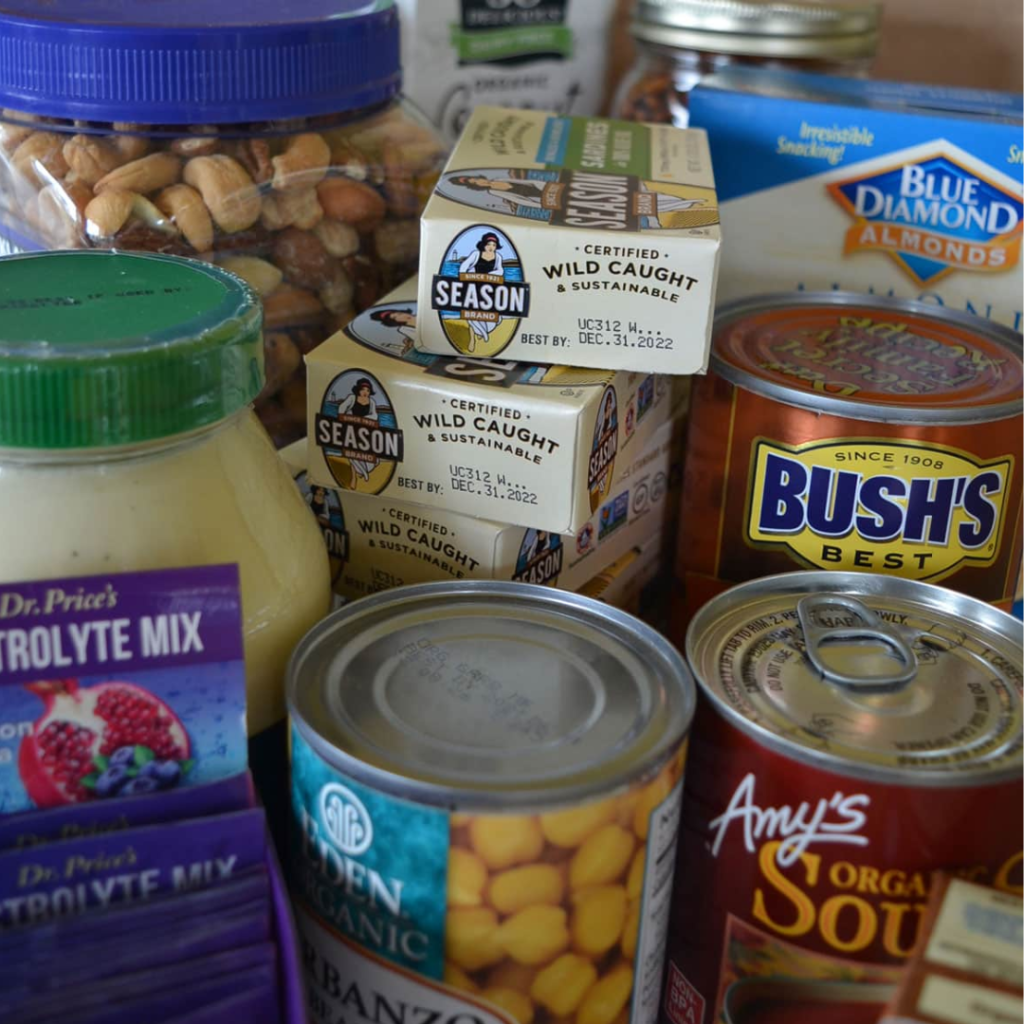
Consider stocking up on bottled water, soda, juice boxes, or sports drinks. Having drinks readily available can save you money compared to purchasing them individually during your road trip. Remember to check your stock of cooking essentials like flour, sugar, and other ingredients you may need on the road.
13. Get grocery discounts
Getting grocery discounts during your road trip can help you save on food expenses. If you have loyalty cards or memberships with grocery store chains, bring them along on your road trip. These cards often offer discounts, exclusive deals, or rewards scores that can be redeemed for future discounts or free items.
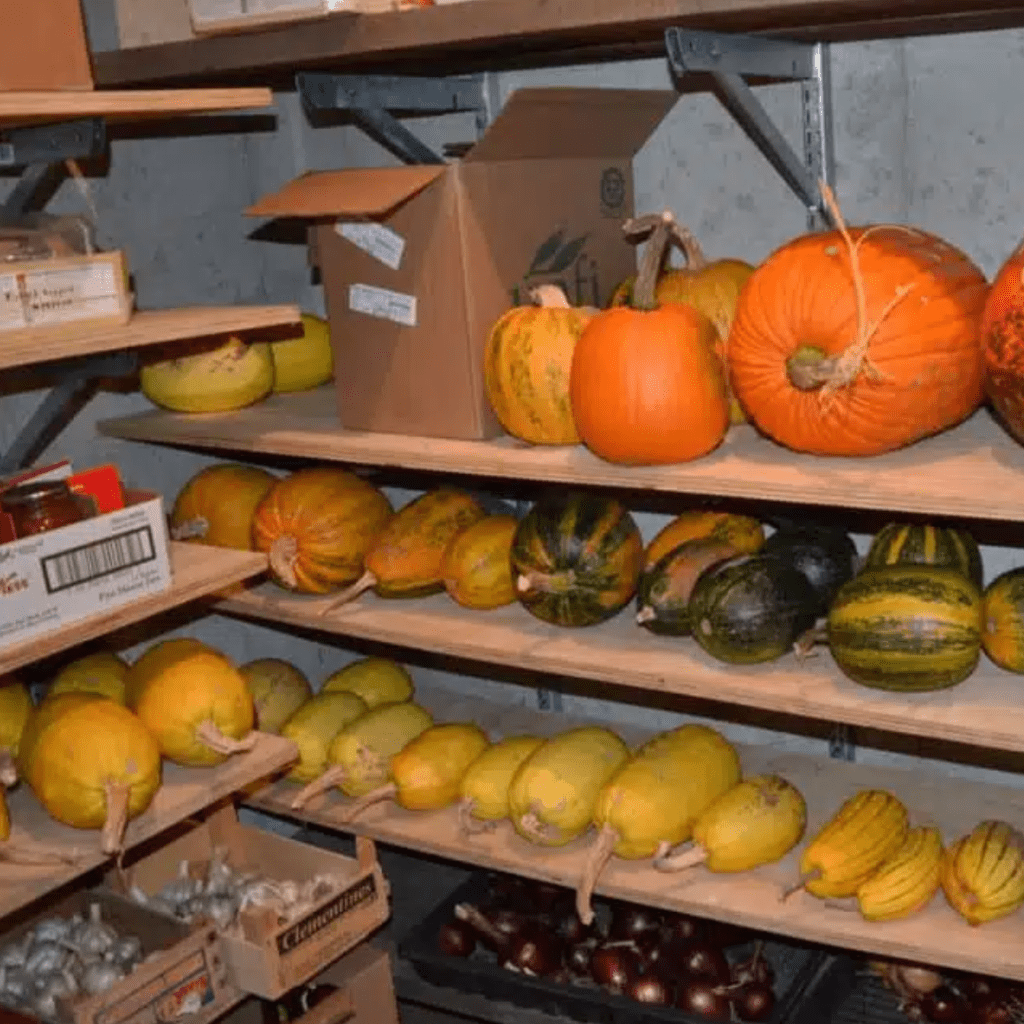
Local grocery stores often distribute weekly or monthly circulars with sales and discounts. Check for these circulars in the area where you’re traveling, either online or in local newspapers. During your road trip, consider visiting discount grocery stores or bulk stores like Costco, Sam’s Club, or Aldi.
14. Find cheap gas
Finding cheap gas prices during your road trip can help you save money. Several applications and websites track gas prices in real-time, allowing you to find the most affordable options no matter where you are. Examples include GasBuddy, Waze, and Gas Guru.

Gas prices are lower in larger towns or cities due to increased competition among gas stations. Consider filling up in these areas rather than smaller towns or remote locations. Check if gas stations along your route offer loyalty programs or accept credit cards with gas rewards.
15. Take the map and plan a route
Decide on the particular places you want to visit during your road trip. Consider factors such as attractions, landmarks, national parks, cities, or any other points of interest. Use online map services or road trip planning websites to explore different route options between your destinations.
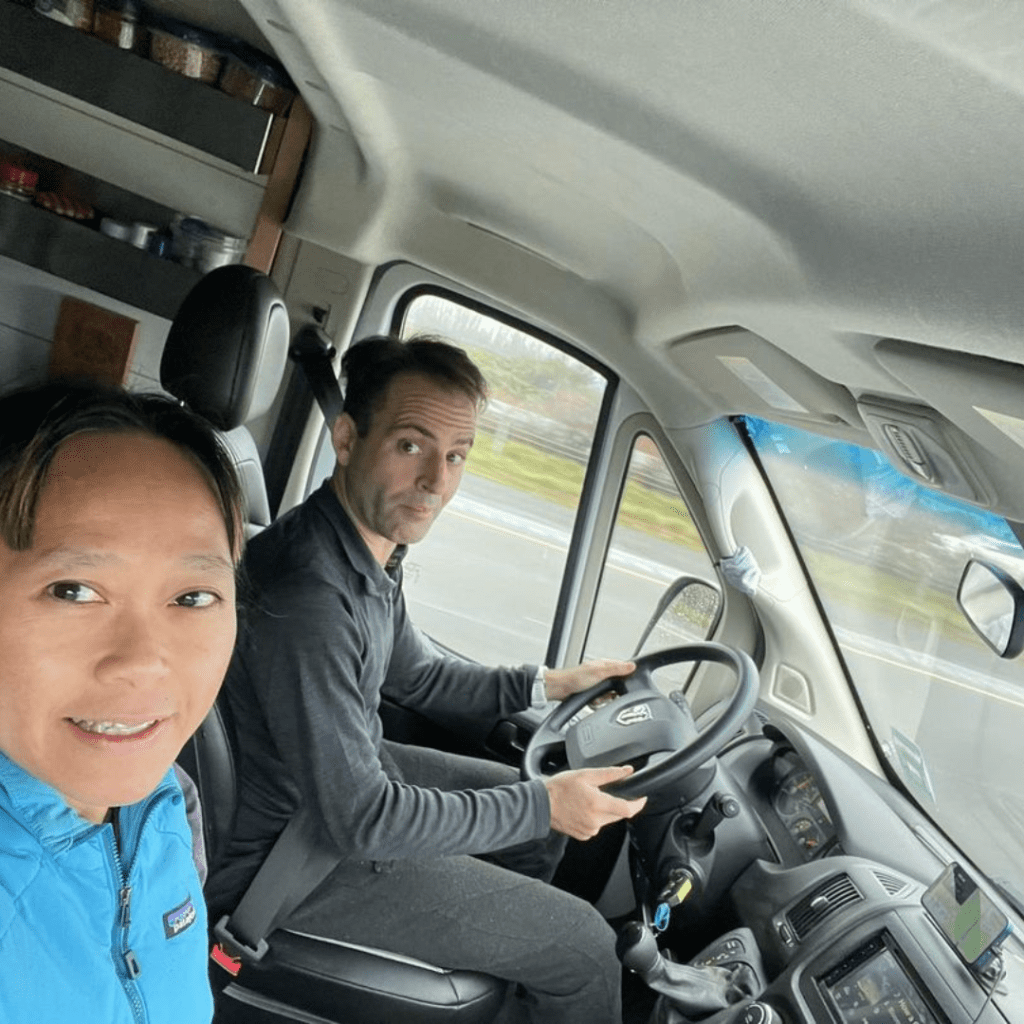
Determine your driving preferences, such as whether you prefer taking highways or scenic routes or if you want to avoid heavy traffic areas. Balance the desire for efficiency with the desire for enjoyable driving experiences. Take note of facilities like restrooms, picnic areas, or attractions available at these stops.
16. Get a fuel-efficient vehicle
With fuel-efficient vehicles, you can curb your spending during your road trip. When researching vehicles, look for their fuel economy ratings, typically measured in miles per gallon (MPG) for city and highway driving. Compare the MPG ratings of different vehicles to identify those with higher fuel efficiency.
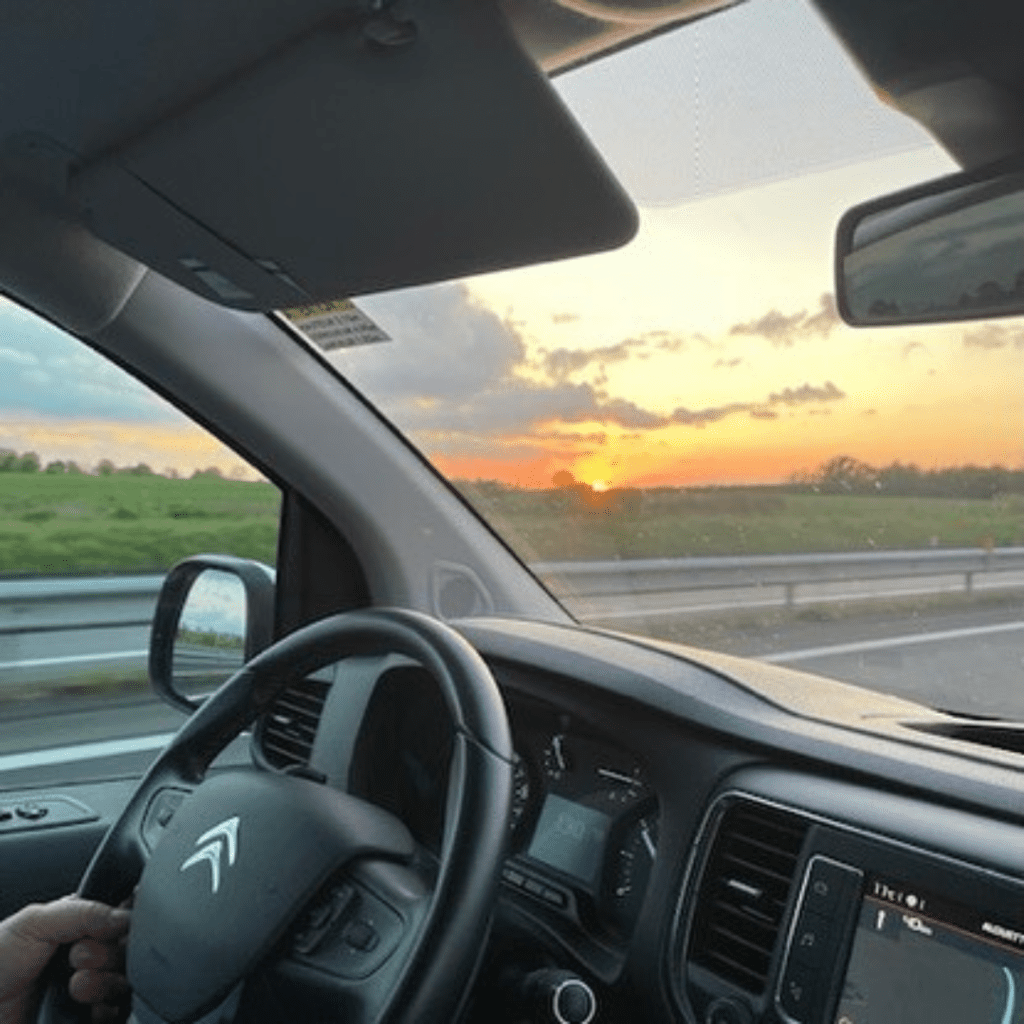
Generally, smaller and lighter cars use less fuel. They need less energy and have smaller engines, resulting in better fuel economy. Consider compact cars, hatchbacks, or even subcompact SUVs if you prioritize fuel efficiency. Many modern vehicles are equipped with advanced technologies that enhance fuel efficiency.
17. Organize small picnics
Organizing small picnics during your road trip can be an easy and cheaper way to enjoy meals and scenic locations. Look for picturesque spots along your road trip route where you can stop and have a picnic. Research and plan to identify potential picnic spots along your journey.

Pack essential picnic supplies such as plates, napkins, utensils, cups, and a blanket to sit on. Bring a bottle opener, a knife, and a small cutting board. Consider using reusable or eco-friendly picnic supplies to minimize waste. Picnics offer a fantastic opportunity to rest and enjoy nature.
18. Get insurance cover
Insurance coverage is vital to protect your vehicle and yourself during a road trip. Start by reviewing your existing auto insurance policy. Contact your insurance giver to confirm if your policy includes coverage for road trips and if there are any limitations or requirements.
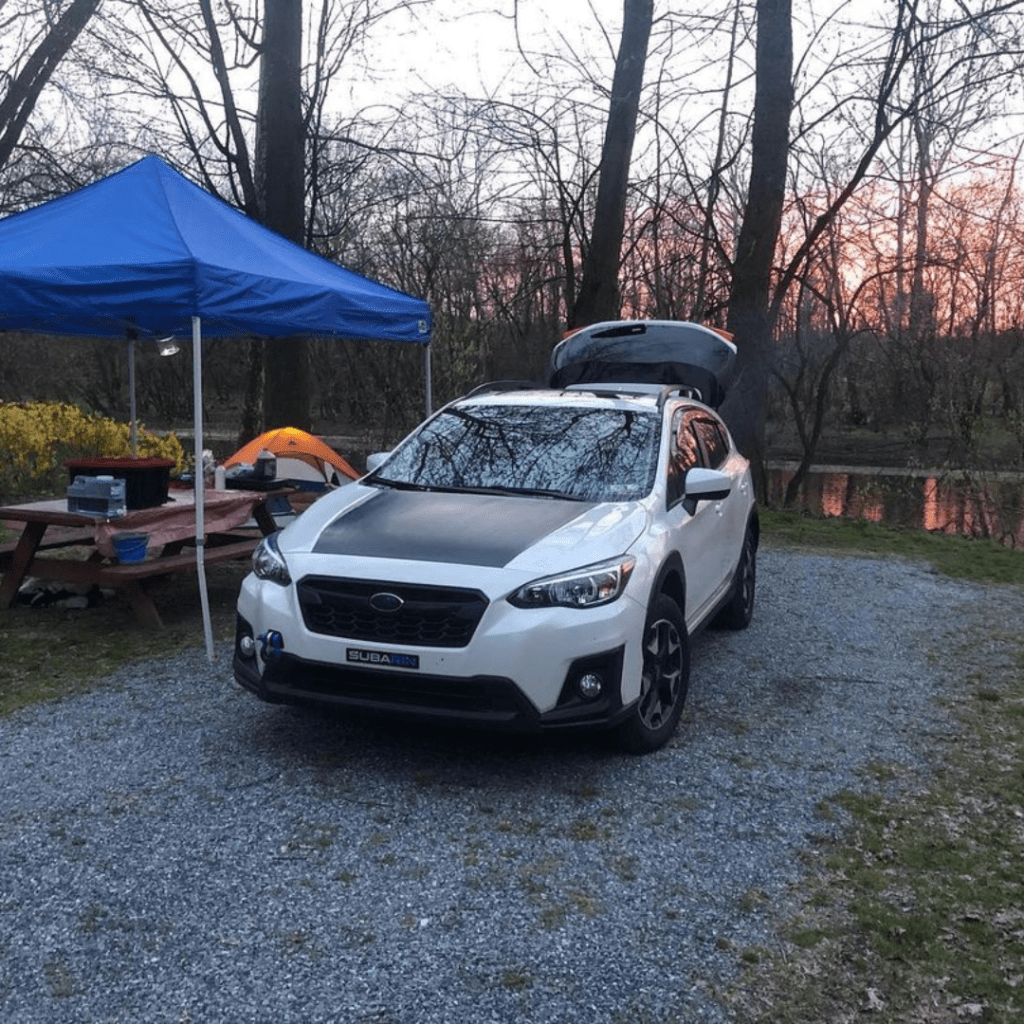
Depending on your wants and the nature of the road trip, consider additional coverage options. These can include rental car coverage if you plan to rent a vehicle, roadside assistance coverage for emergency breakdowns, or comprehensive coverage to protect against theft or damage to your car.
19. Avoid tolls
Utilize mapping applications like Google Maps, Waze, or MapQuest to plan your route in advance. These apps often provide options to avoid toll roads or highways. Select the “avoid tolls” or “avoid highways” feature when setting your route preferences. Many GPS devices offer this option, allowing you to customize your route to bypass toll roads.
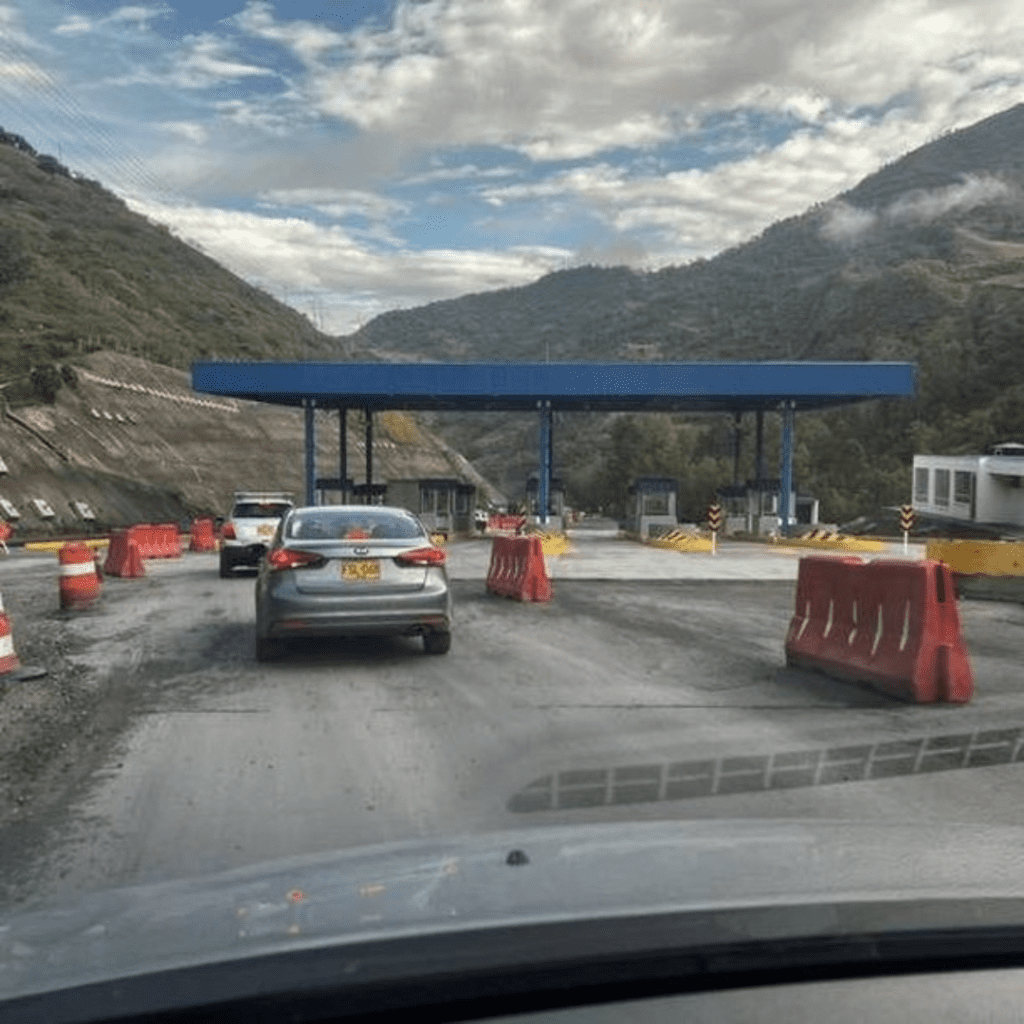
When you’re on the road, don’t hesitate to ask locals or fellow travelers for recommendations on toll-free routes. They may have firsthand knowledge of alternative roads or scenic drives that can help you avoid tolls. Remember that avoiding tolls may result in a longer drive.
20. Use public transportation to save money
Using public transportation during your road trip can be a way to save money. Look for local buses, trams, trains, or subways that can help you navigate within cities or between different destinations. Many public transportation systems offer discounted day or multi-day passes that provide unlimited travel within a specific period.
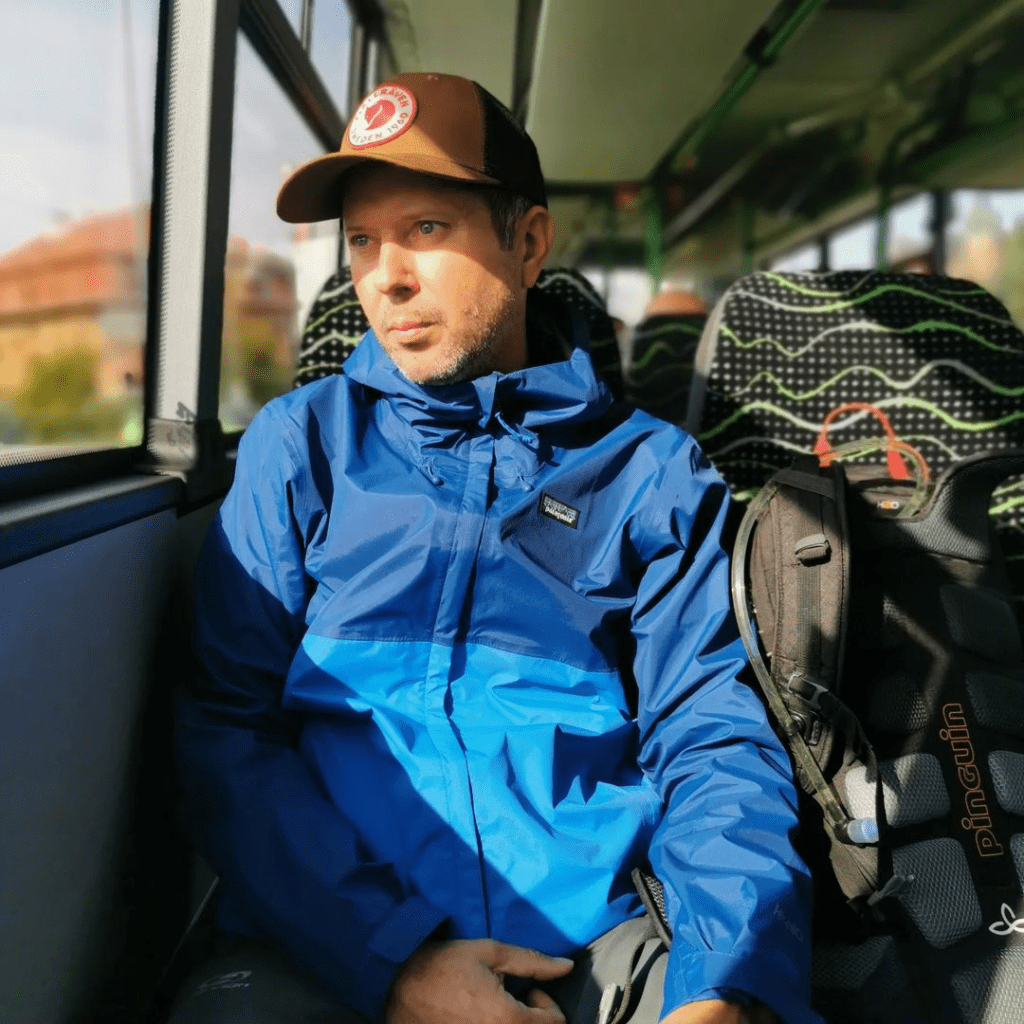
Many cities have park-and-ride facilities on the outskirts, where you can park your vehicle for a nominal fee and then use public transportation to explore the city center. This allows you to avoid expensive parking fees and traffic congestion in urban areas.
21. Keep a cheap oil change in the car
Regularly changing your vehicle’s oil is essential for its proper functioning and longevity. Take the time to find and compare different service providers. Look for reputable garages, automotive repair shops, or quick lube centers offering competitive prices for oil changes.

If you’re comfortable and knowledgeable about changing your vehicle’s oil, you can save money by doing it yourself. Purchase the necessary tools, oil, and oil filter from an auto parts shop and obey the instructions provided in your vehicle’s owner manual or online resources. DIY oil changes require some basic mechanical skills.
22. Go for cheap rentals
If you’re looking for affordable rental options for your road trip, determine the length and compare rental prices for different durations. Renting a vehicle for more than a week can be cheaper than renting a few days. Compare the rates for various rental periods to find the best deal.
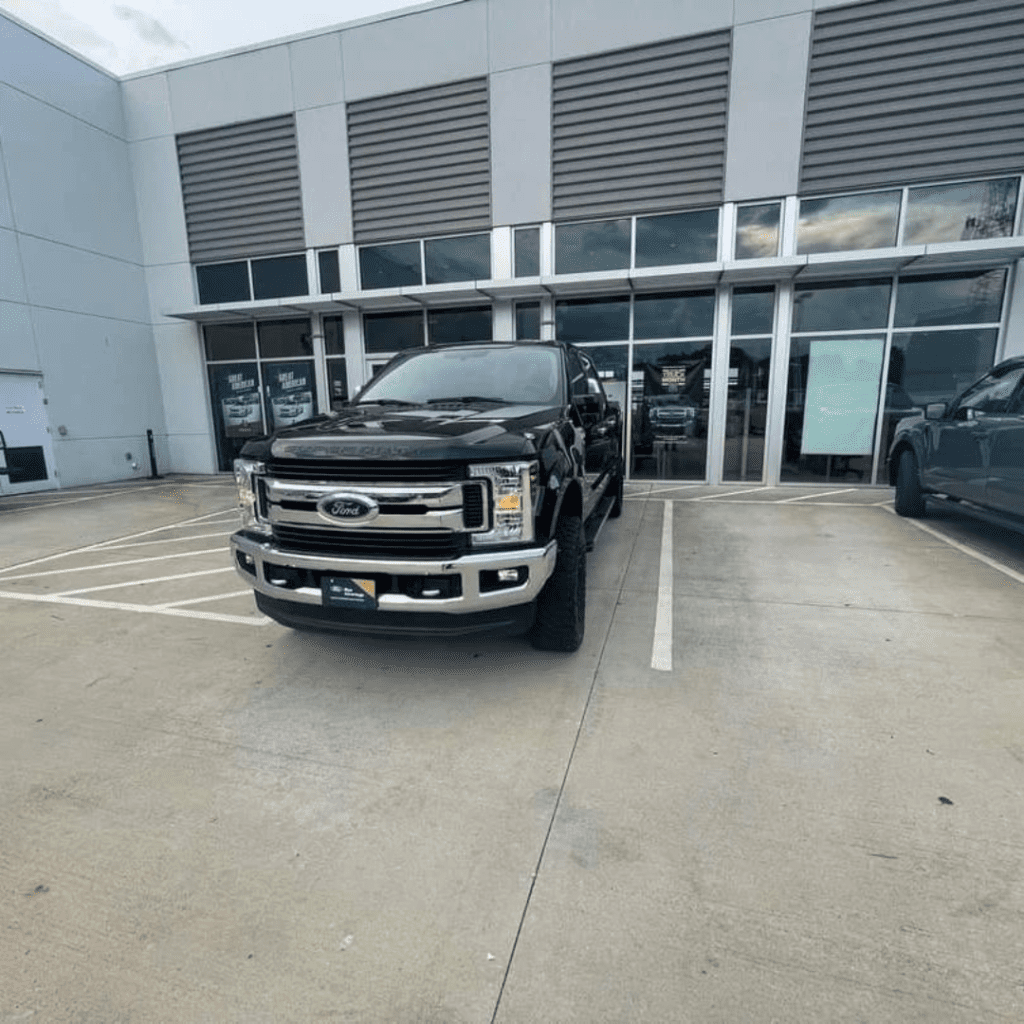
Smaller and more fuel-efficient cars, such as economy or compact models, generally have lower rental rates than larger vehicles or luxury cars. Consider your space and comfort needs for the road trip and choose a vehicle that fits your requirements while staying within your budget.
23. Do not take the rental car insurance
Start by reviewing your existing auto insurance policy or any other insurance policies you hold, such as homeowner’s insurance or credit card coverage. Some policies may already provide coverage for rental cars, either partially or fully. Get in touch with your insurance provider to understand the coverage included.

Understand what the rental company is offering. They typically offer different levels of coverage, including collision damage waiver (CDW) or loss damage waiver (LDW). Assess the cost of these options and compare them with your existing insurance coverage or credit card benefits.
24. Refill water bottles
Refilling water bottles during your road trip is cost-effective and environmentally friendly. Invest in durable and reusable water bottles for each traveler in your group. Look for bottles made from BPA-free materials that are quick to clean and have an excellent seal to prevent leaks.
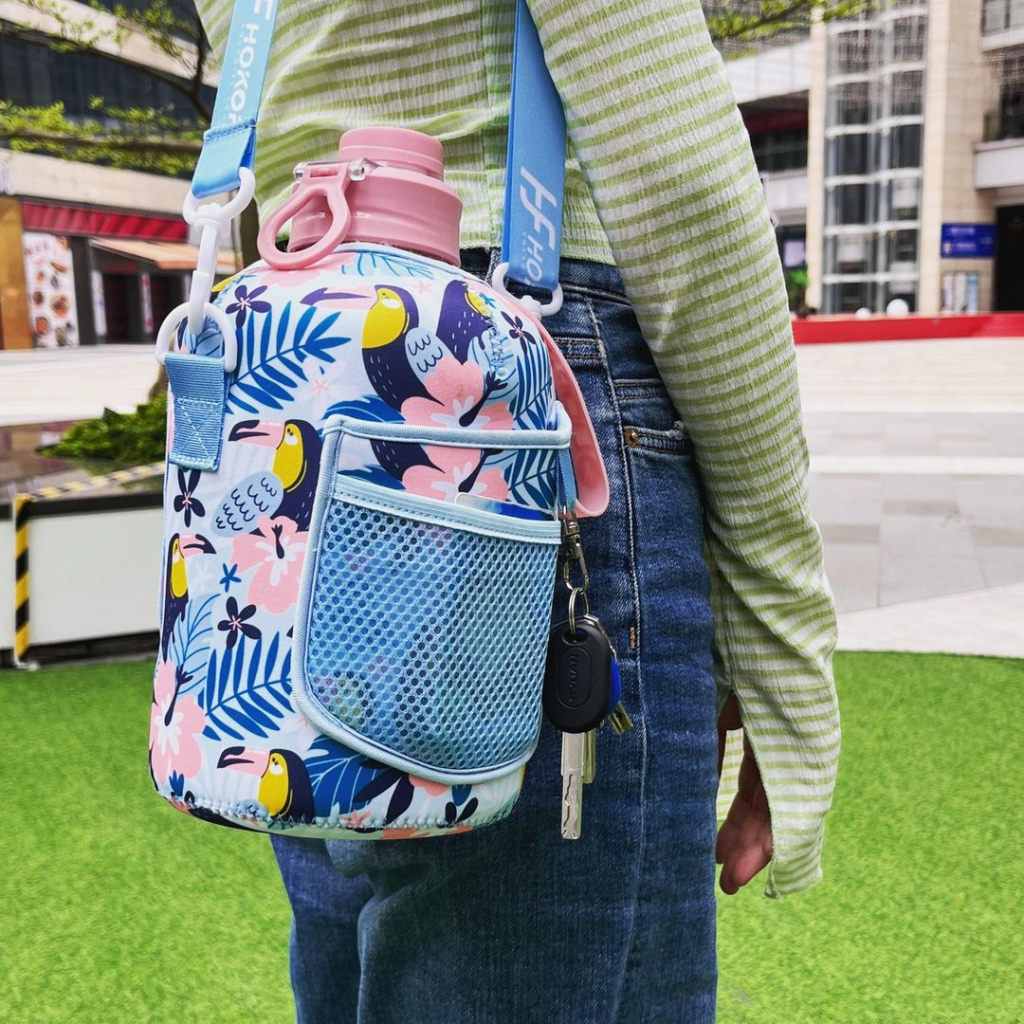
If you are traveling where tap water quality may be a concern, consider carrying a portable water filter. Take advantage of public water sources along your route. Many parks, rest areas, and recreational areas have water fountains or hydration stations to refill your bottles.
25. Keep snacks on hand during the road trip
Keeping snacks on hand during a road trip is a great idea to keep hunger at bay and ensure you have something to munch on between meals. Buy a mix of sweet and savory items to cater to different cravings. Consider options like granola bars, trail mix, popcorn, dried fruits, nuts, energy bars, and chocolate.
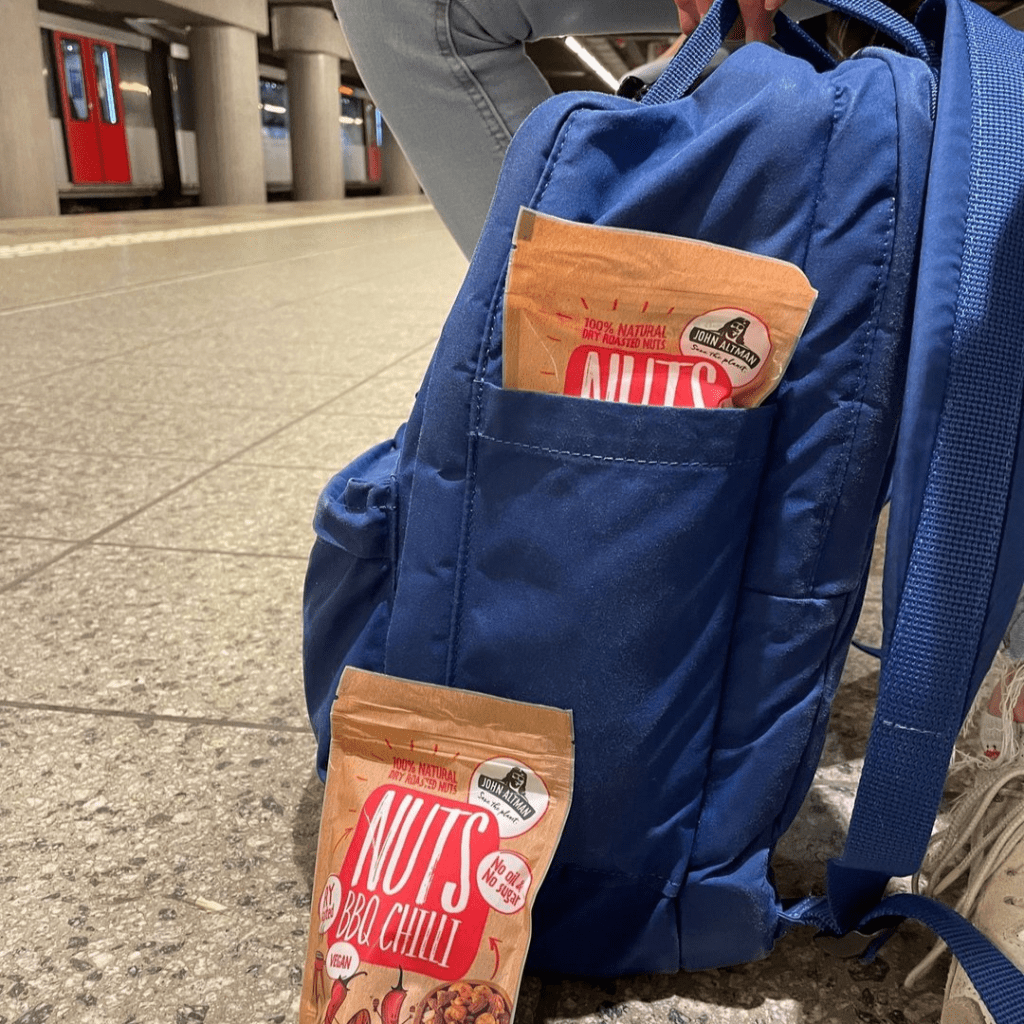
Opt for snacks that are easy to pack, don’t require refrigeration, and can be stored in a car for an extended period. This helps ensure your snacks stay fresh and are readily accessible throughout your road trip. Plan to restock your snack supply if you decide on a long road trip.
26. Stay away from the heavily touristed areas
Avoid heavily touristed areas for a budget-friendly road trip. Avoiding peak travel seasons can often result in lower accommodation prices, attractions, and activities. Research the destination you’re interested in and determine the off-peak periods when tourism is slower. Prices for accommodation, car rentals, and other travel-related expenses may be more budget-friendly during these times.
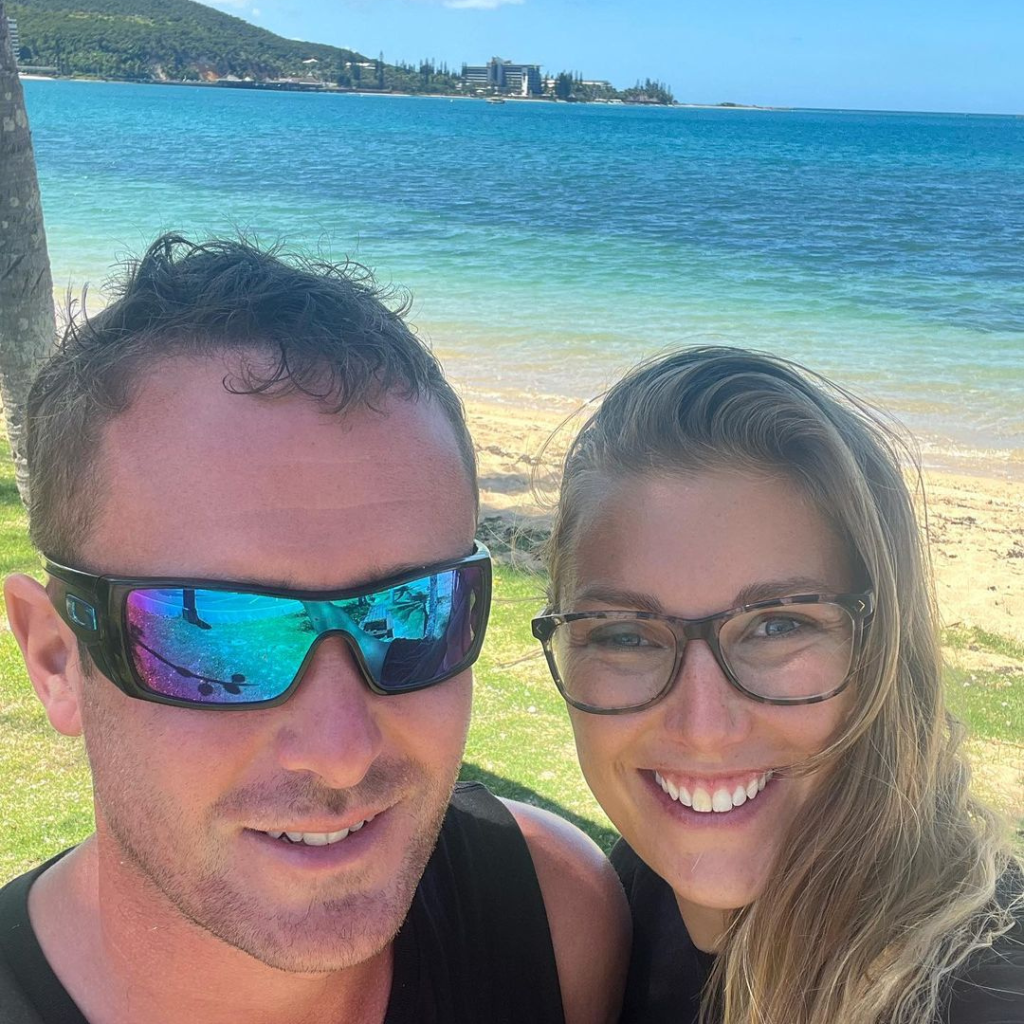
Consider exploring lesser-known destinations instead of the usual tourist spots. These places may offer more affordable accommodations, dining, and activity options. Look for smaller towns, rural areas, or regions not typically included in mainstream tourist itineraries. You can find hidden gems that provide unique experiences without spending exorbitant amounts.
27. Include free things in your trip
Including free activities and attractions in your road trip can save money while enjoying memorable experiences. Many national parks and public lands offer free entry on certain days. Visit the websites of the parks you plan to visit for more information.

Explore hiking trails and nature paths in the areas you’re visiting. They allow you to immerse yourself in nature and enjoy the surroundings without spending a dime. Remember to check trail conditions and difficulty levels before embarking on a hike. Experience local culture by visiting local markets and street fairs.
28. Make eating out special during the road trip
Making eating out special during your road trip can enhance your dining experience, create memorable moments and keep the trip cheap. Research local restaurants in the areas you’ll be visiting before your trip. Look for unique dining establishments that offer regional specialties, farm-to-table cuisine, or a unique ambiance.
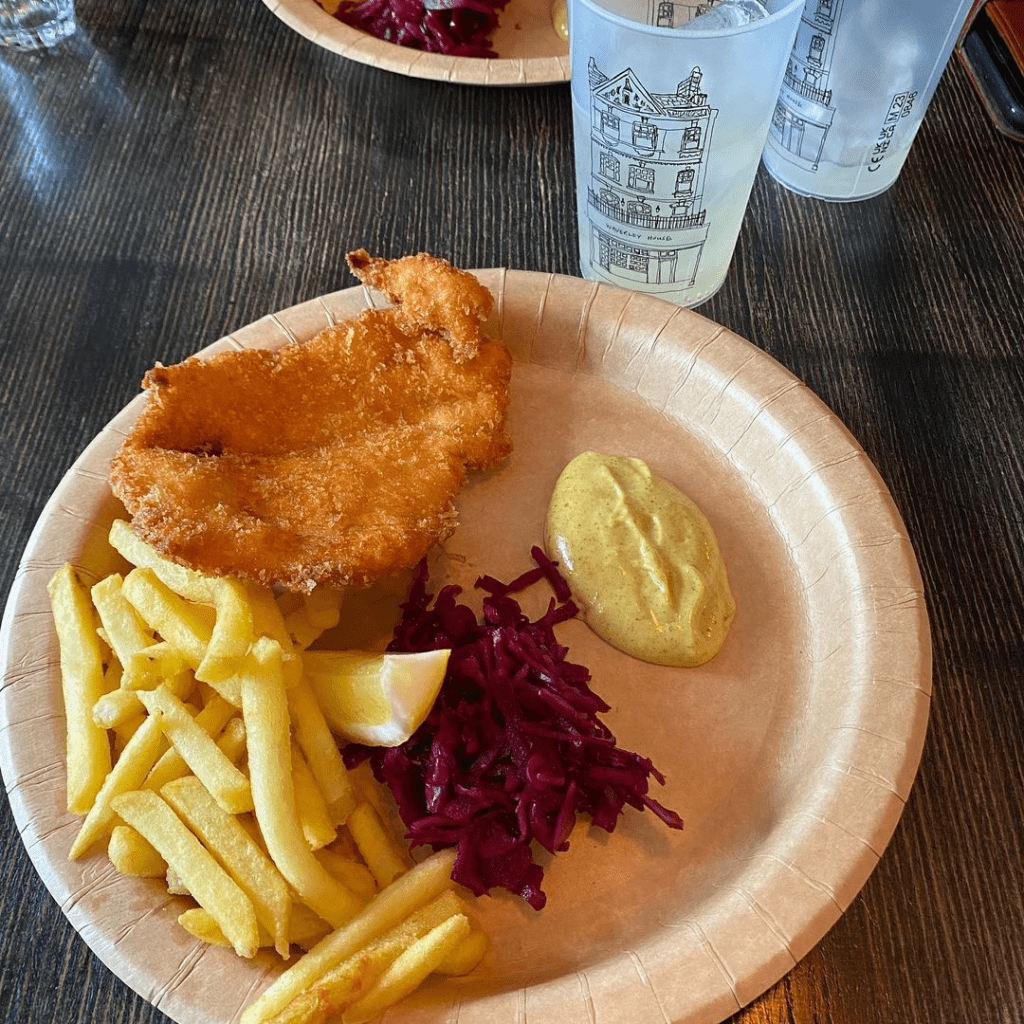
Strike up conversations with the restaurant staff to learn more about the local area, their recommendations, or the story behind the restaurant. Engaging with the staff can add a personal touch to your dining experience and provide insights into the local culture and cuisine.
29. Get a gas card for extra rewards
Getting a gas card for your road trip can help you save money. Look for cards offering rewards, discounts, or cashback for fuel purchases. Compare the terms and benefits of various gas cards to find one that aligns with your needs and provides the best value.

Select a gas card widely accepted at gas stations along your road trip. Check if the card is affiliated with a particular fuel brand or if it can be used at multiple gas stations. Having a card accepted at various locations makes it easy and convenient to fuel up.
30. Go camping because it’s free!
Camping can be a budget-friendly accommodation option for a road trip since many camping sites offer low-cost or free camping options. Camping is often more affordable than staying in hotels or planning a guided tour. Many public campgrounds charge a nominal fee or allow visitors to camp free in designated areas.
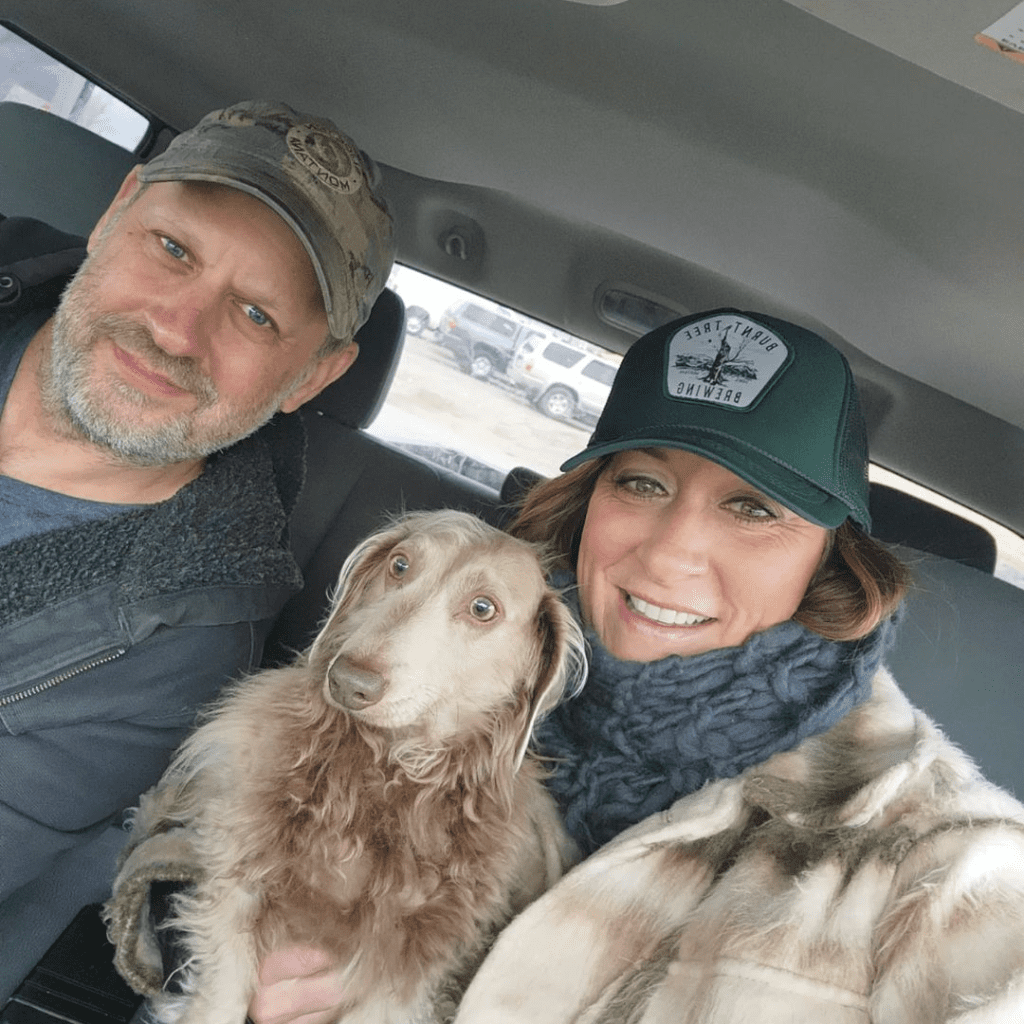
You can enjoy scenic surroundings, starry nights, and the tranquility of the great outdoors. It’s a chance to disconnect from crowded city life and experience the beauty of natural landscapes. Camping lets you set your schedule and be more spontaneous with your road trip plans.
31. Book your stay with a kitchen to save money
Booking accommodations with a kitchen can be an excellent way to reduce costs. With a kitchen, you can prepare meals, reducing the need to eat out. Look for essentials like a stove or cooktop, microwave, refrigerator, basic cooking utensils, and dishes.
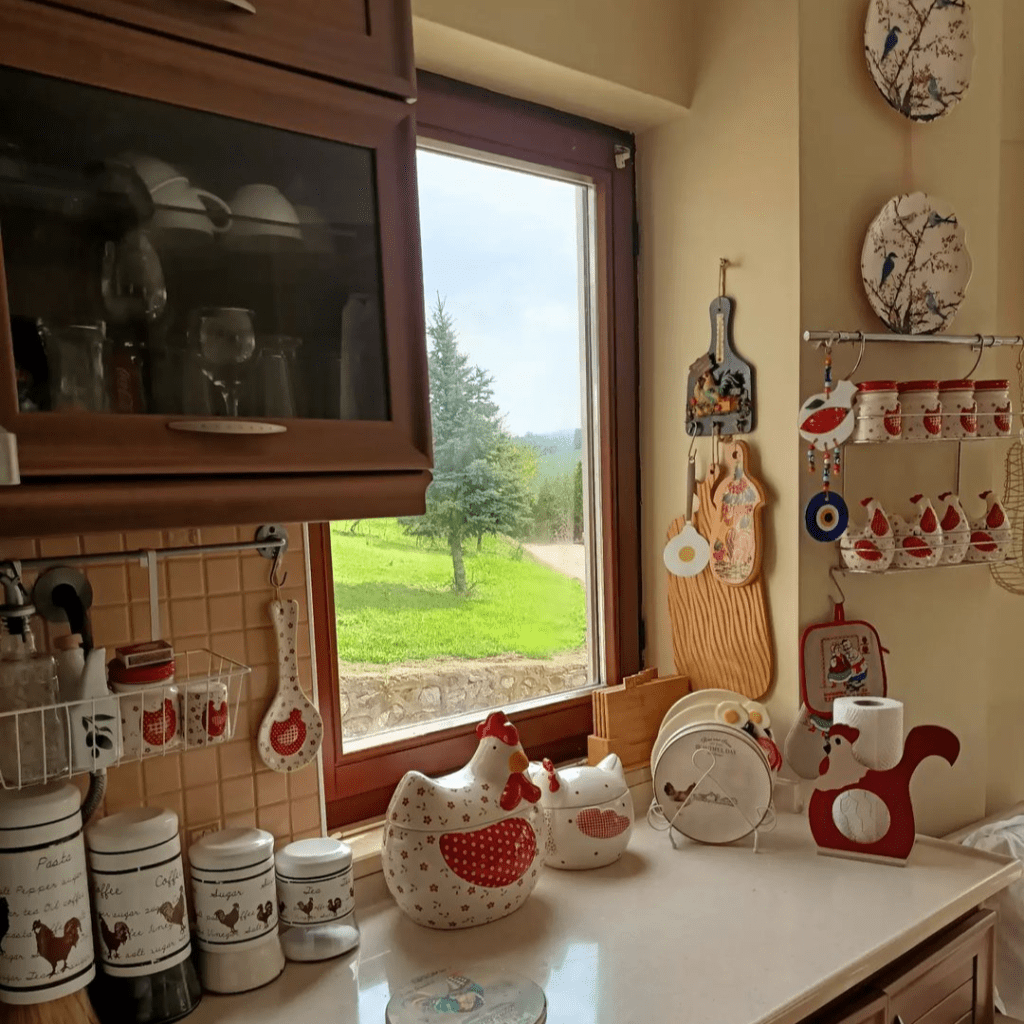
Consider packing a few essential kitchen tools that the accommodation may not provide, such as a sharp knife, cutting board, and reusable food containers. These products will come in handy when preparing meals and storing leftovers. As you’ll be using the kitchen facilities, cleaning up after cooking and dining is essential.
32. Ask the locals
Asking locals where they eat is a fantastic way to discover hidden culinary gems and experience authentic local cuisine during your road trip. Whether it’s the hotel staff, gas station attendants, shop owners, or fellow travelers, ask them for recommendations on where to eat. Locals are more than happy to share their favorite spots.
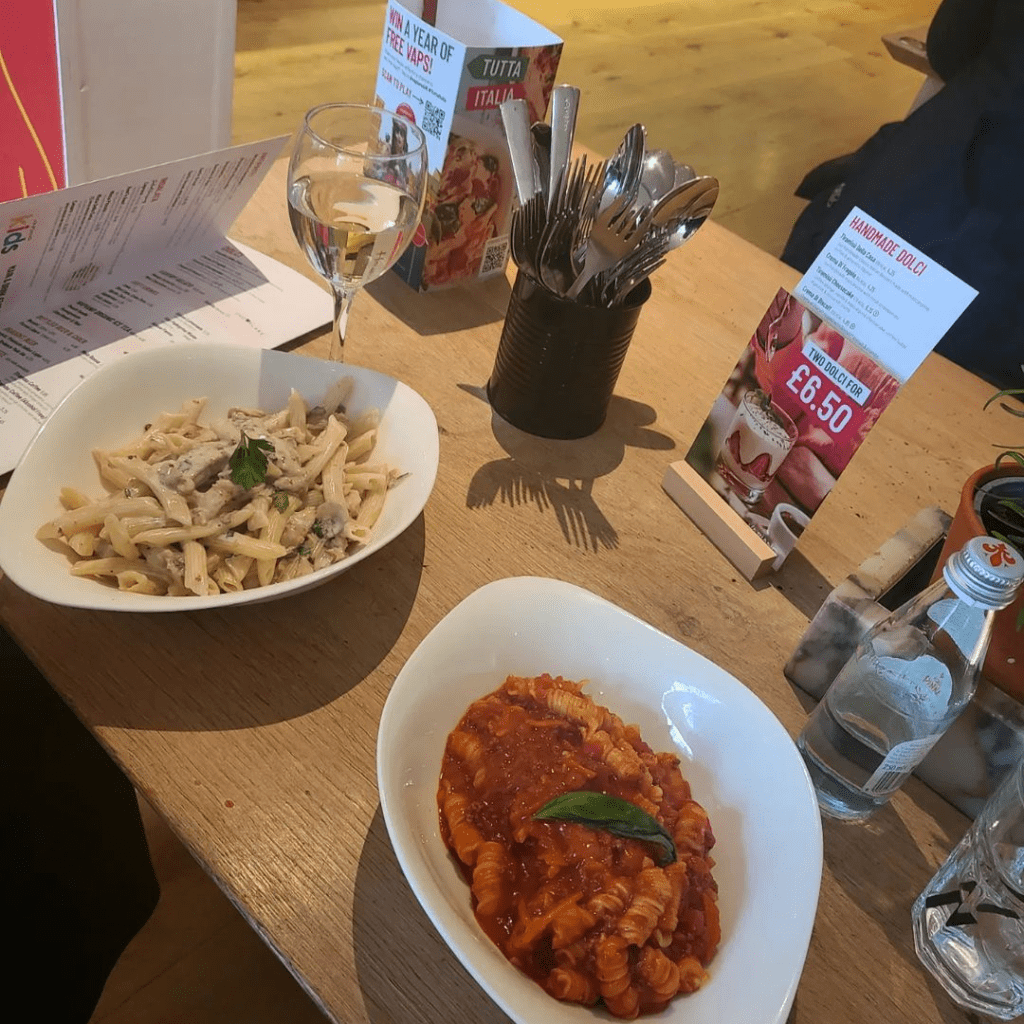
Instead of general restaurant recommendations, ask locals for specific dishes or specialties for which the area is known. This can lead you to establishments that excel in preparing those dishes, allowing you to try the local specialties. Look for eateries with a good number of local customers.
33. Travel with a group of friends
Traveling with friends can help you save money during a road trip. If you’re driving, you can split the fuel costs among all the passengers. This helps distribute the expenses and reduces the burden on individuals. If you’re renting a vehicle, sharing the rental price among the group can lower the cost.
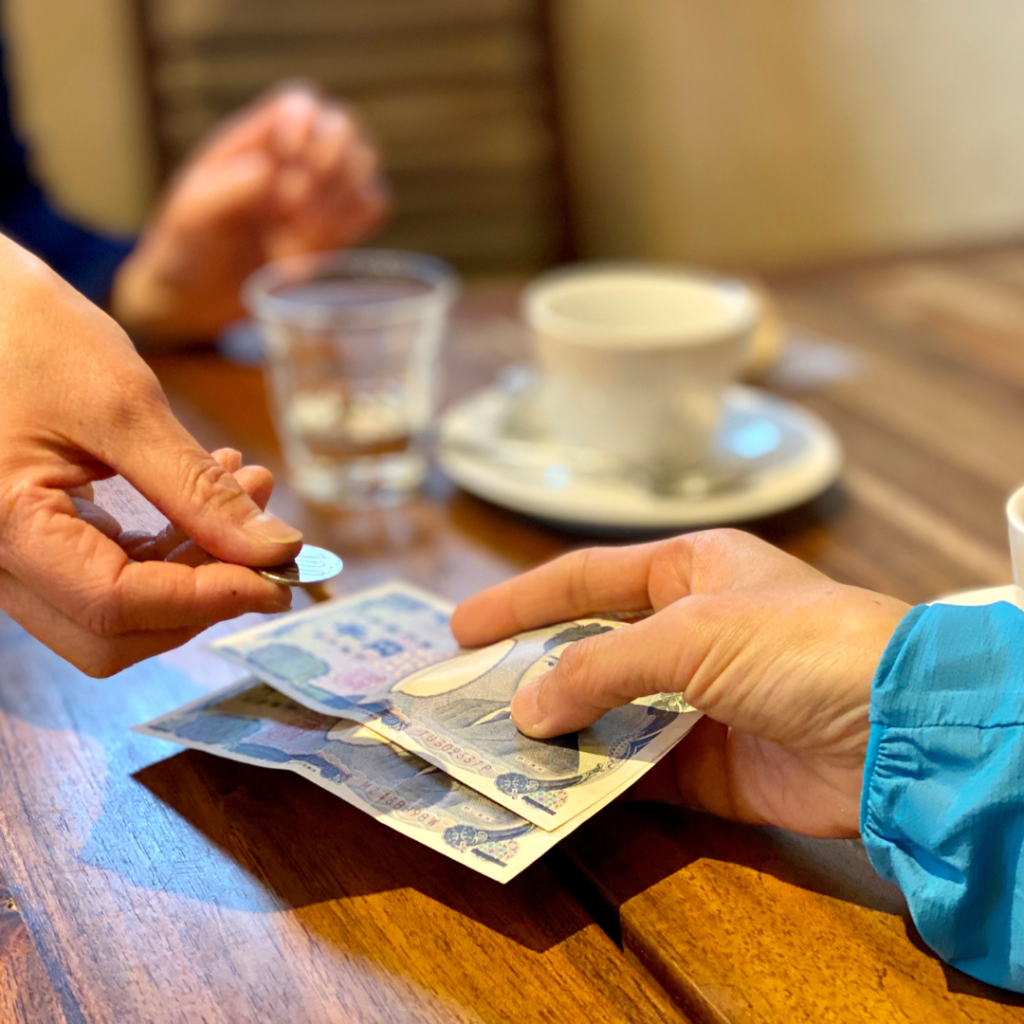
Splitting the cost of accommodations among the group helps reduce personal expenses. Shared expenses during the trip, such as entrance fees to attractions, group activities, or rental equipment, can be shared with the group. Pooling resources and dividing the costs among the group can help everyone save money.
34. Get a national park pass
Getting a national park pass for your road trip is a fantastic idea, especially if you plan on visiting several national parks. America the Beautiful Pass, or the National Parks and Federal Recreational Pass, is a yearly pass that gives access to more than 2,000 federal recreation sites across the US.
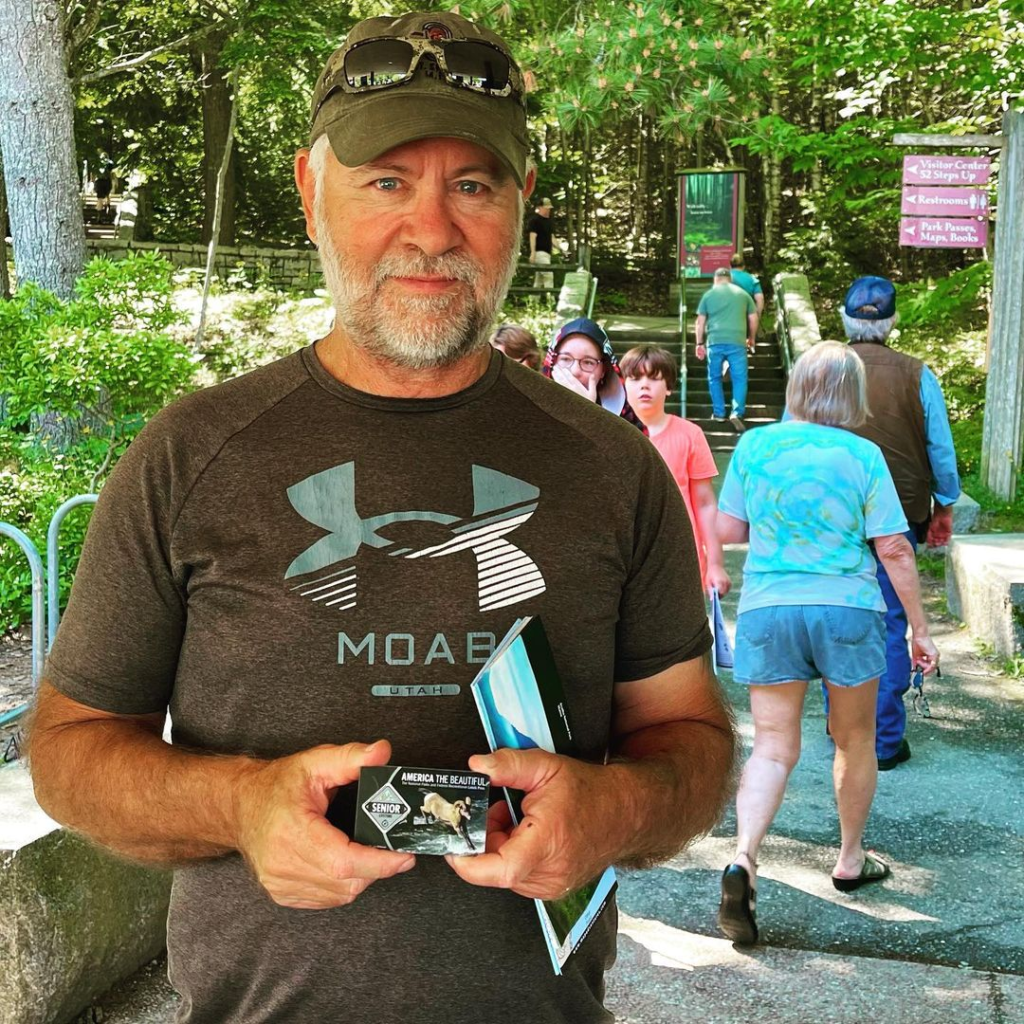
You can access national parks and other federal recreation areas without paying entrance fees at each location individually. The pass covers entrance, day-use, and standard amenities fees. However, some special activities, such as camping, guided tours, or special events, may still require you to fork out money.
35. Drive slowly and smoothly to save gas
Driving slowly and smoothly is a great way to save gas during your road trip. Avoid unnecessary acceleration and deceleration by maintaining a consistent speed whenever possible. Rapid acceleration and abrupt braking consume more fuel. Instead, anticipate traffic flow and adjust your speed gradually.
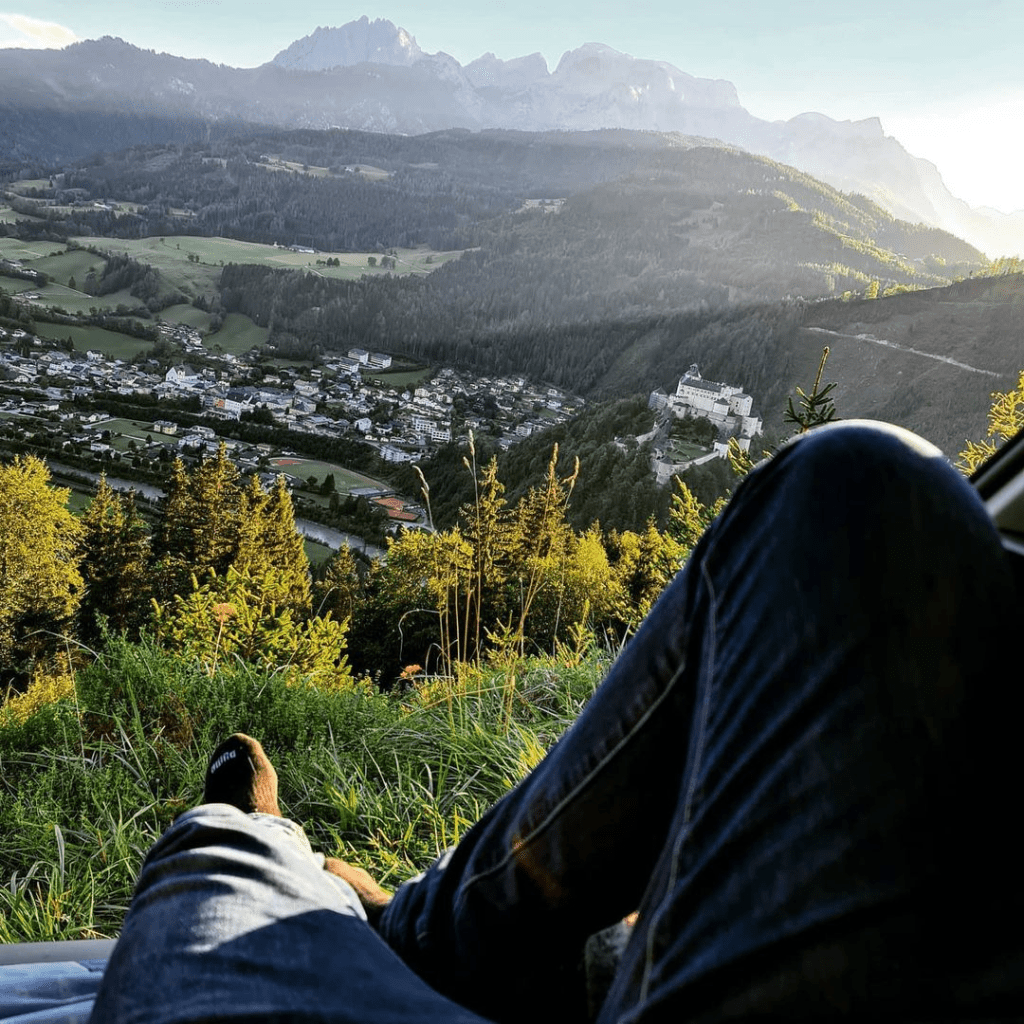
Regularly service and maintain your vehicle according to the manufacturer’s recommendations. A well-maintained car operates more efficiently, leading to better fuel economy. Remember, driving slowly and smoothly is fuel-efficient and promotes safer driving practices. Prioritize safety while implementing these tips to ensure a smooth and economical road trip.
36. Go for local specials
Seeking local specials during your road trip is a smart way to discover new places, try local cuisine, and save money. Interact with locals, hotel staff, or fellow travelers to get recommendations on local specials. Locals often know the best spots for affordable and unique experiences.

Follow the social media accounts of businesses and attractions in the areas you’ll be visiting. They often announce special promotions, exclusive discounts, or limited-time offers, on their social media channels. Additionally, check local event listings for festivals, food fairs, or community events that may feature special deals on food, drinks, or entertainment.
37. Make a meal plan for the road trip
Creating a meal plan for your road trip can help you stay organized, efficient, save money, and have satisfying meals throughout your journey. Consider how long you’ll be on the road and plan your meals accordingly. Think about how many breakfasts, lunches, dinners, and snacks you need.
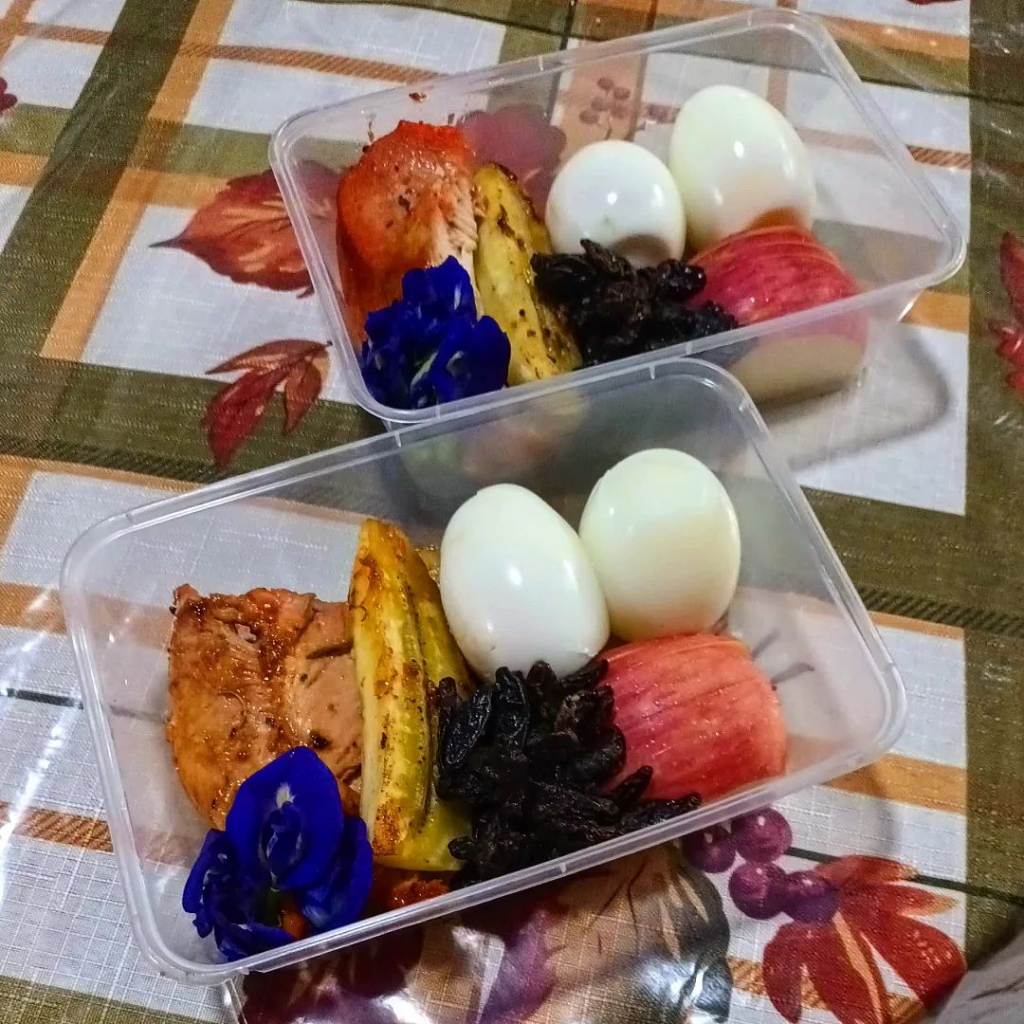
Based on your meal plan, create a detailed grocery list of all the products you’ll need for the trip. Organize the list by categories to make shopping easier. Shop at budget-friendly stores or look for deals and specials to save money.
38. B.Y.O.C
Bringing your own coffee during a road trip is an efficient way to save money, specifically if you’re a coffee lover. Prepare a travel-friendly coffee kit with your preferred coffee beans or grounds, a portable coffee grinder, and any necessary brewing equipment such as a French press, pour-over dripper, or single-serve coffee maker.

Bring a thermos or insulated mug to keep your drink warm and fresh for extended periods. These containers will help maintain the temperature of your coffee, allowing you to enjoy it at any time during your road trip. Remember to pack additional supplies such as filters (if needed), stirrers, sugar, and creamer.
39. Enjoy your meals on the deck
Having meals on the deck during your road trip can be a delightful experience, allowing you to enjoy the outdoors while enjoying your food. Look for campsites, picnic areas, or rest stops with outdoor seating options or designated deck areas where you can enjoy your food.
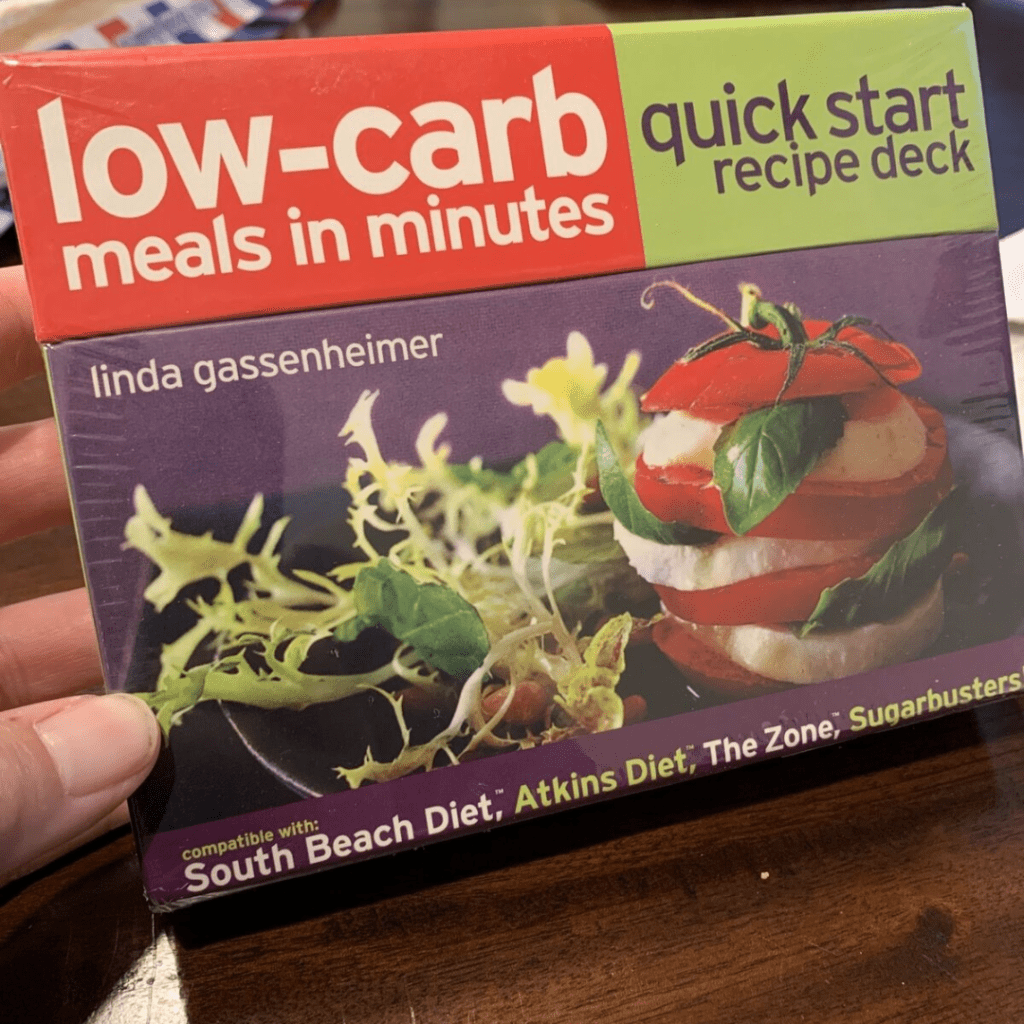
Consider packing lightweight, foldable camping chairs and tables to create a comfortable dining setup on the deck. These portable furniture options are easy to set up and can enhance your outdoor dining
40. Pack a growler
Bringing a growler on your road trip can be a great idea, especially if you enjoy craft beer and want to fill it up with fresh, local brews along the way. Consider the quantity that works best for you and the amount of drink you need to enjoy during your trip.

Before packing a growler, check the policies of the breweries or taprooms you plan to visit along your road trip route. Some establishments may have specific guidelines or restrictions regarding filling outside growlers. Contacting the breweries in advance is always a smart decision to ensure they allow growler fills.
41. Book hotels with free breakfast
Booking hotels that offer complimentary breakfast can be a cost-effective way to save money on meals during your road trip. Look for hotels that advertise a complimentary breakfast as part of their amenities. Many chain hotels, like Holiday Inn Express, Hampton Inn, or Best Western, often offer complimentary breakfast as a standard feature.

Note the breakfast hours offered by the hotel. Ensure they align with your travel schedule, making it feasible for you to begin your day with a meal before hitting the road. Some hotels may have limited breakfast hours, so plan accordingly. Also, consider the quality of the breakfast provided by the hotel.
42. Seek out happy hours
Seeking out happy hours can be a great alternative to save money on food and drinks while enjoying local establishments. Interact with locals or hotel staff to get recommendations on popular happy hour spots in the area. Locals know the best places for great deals and a lively atmosphere.
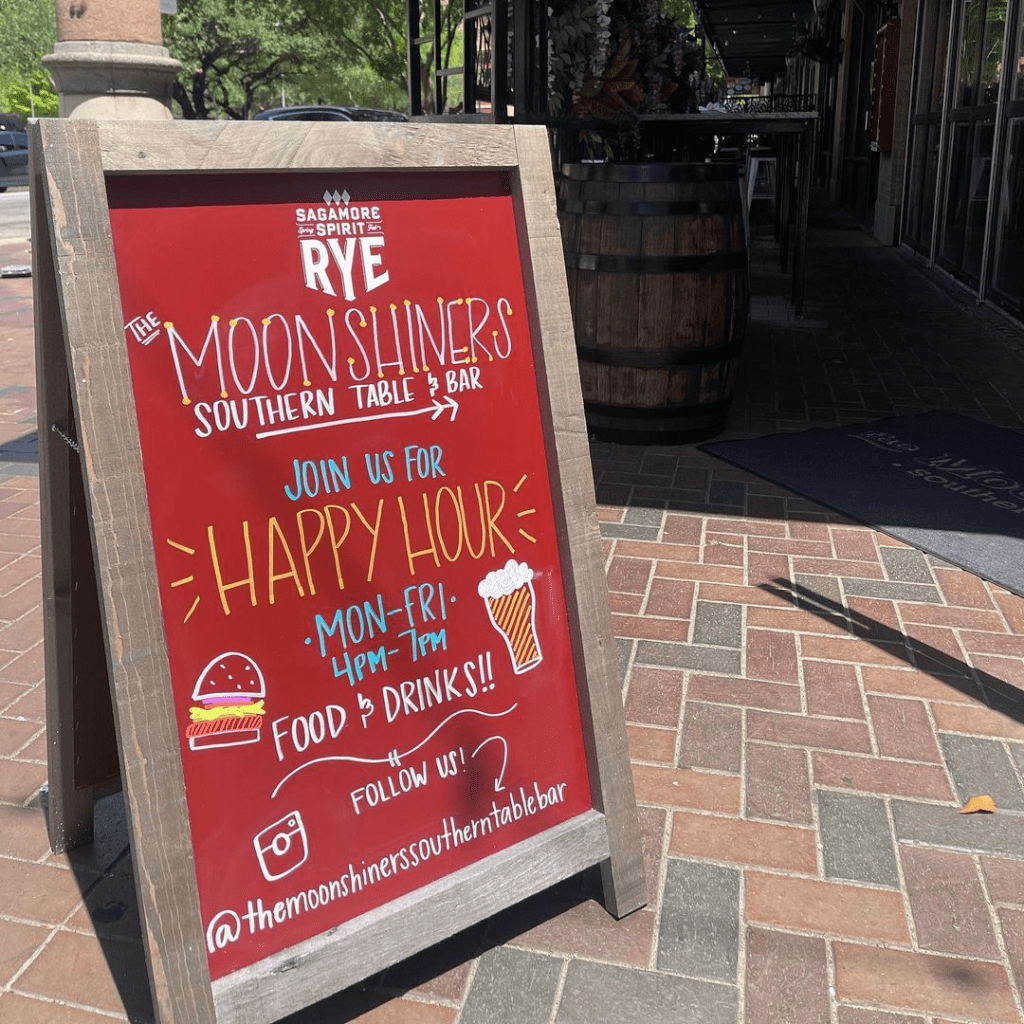
Plan your stops during happy hour timings to maximize your savings. Happy hour times can vary but typically happen in the afternoon or early evening. Arriving early or at the start of the happy hour gives you more time to enjoy the discounts and secure a good seat.
43. Eat out for lunch instead of dinner
Eating out for lunch instead of dinner can be a cost-effective strategy. Lunch menus at many restaurants are more affordable than dinner menus, offering similar or even the same dishes at lower prices. Many restaurants have lunch offers or prix fixe menus that provide good value for money.
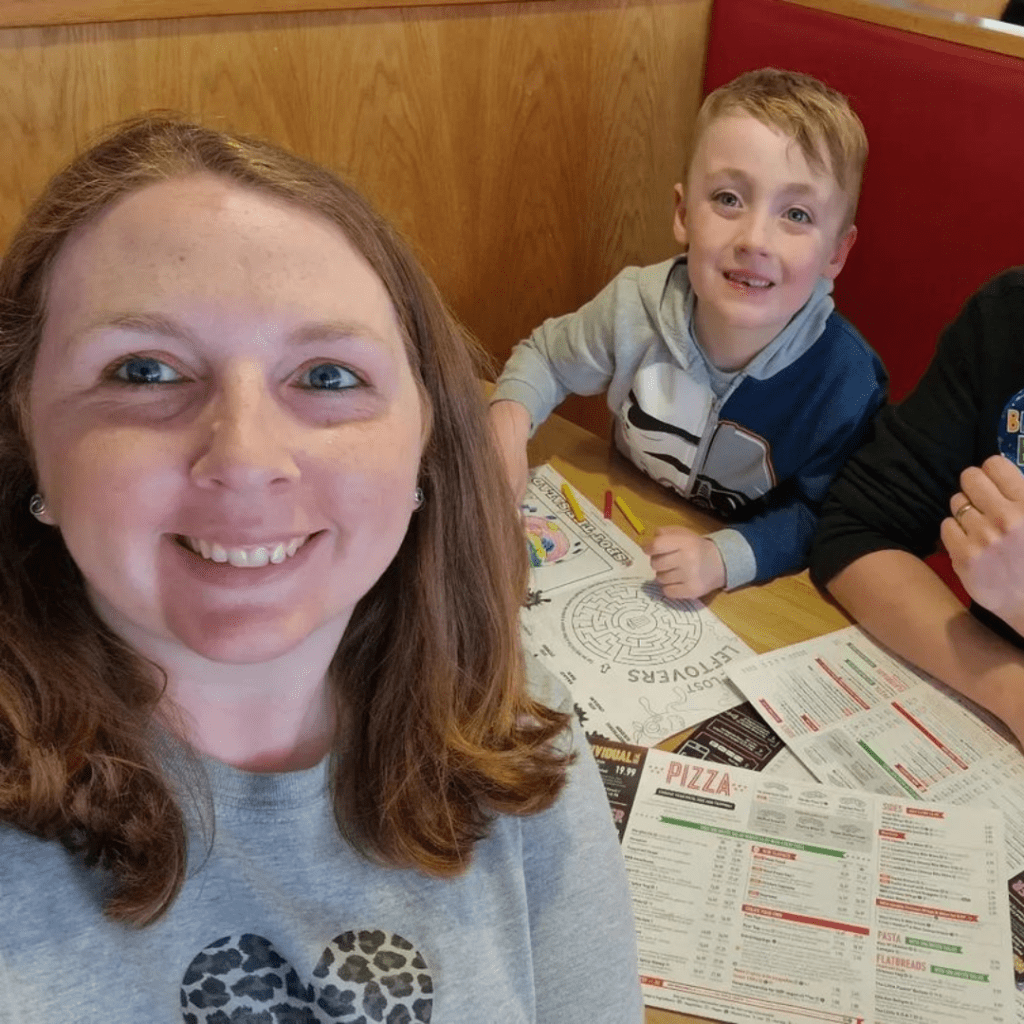
Restaurants often feature daily lunch specials or limited-time offers during midday to attract customers. These specials can include discounted prices, two-for-one deals, or additional perks like complimentary appetizers or desserts. Keep a lookout for these promotions and maximize your savings.
44. Loyalty with previously booked hotels can pay off
Loyalty with previously booked hotels can indeed pay off during your road trip. Building a relationship with a particular hotel chain or establishment can offer several benefits and rewards. You can use these points to redeem a few perks, such as discounted or free nights, room upgrades, complimentary amenities, or exclusive experiences.

Loyalty program members often receive exclusive discounts and special rates. Discounted rates can help you save money during your road trip. Additionally, loyalty members may have access to promotional offers or early access to deals before they are made available to the general public.
45. Gather the local data
Before starting the trip, utilize popular travel websites and forums such as TripAdvisor, Lonely Planet, or Yelp to gather information about your destination. These platforms provide reviews, recommendations, and up-to-date information on attractions, accommodations, restaurants, and local services. Otherwise, look for travel blogs or websites written by locals or frequent visitors to your destination.
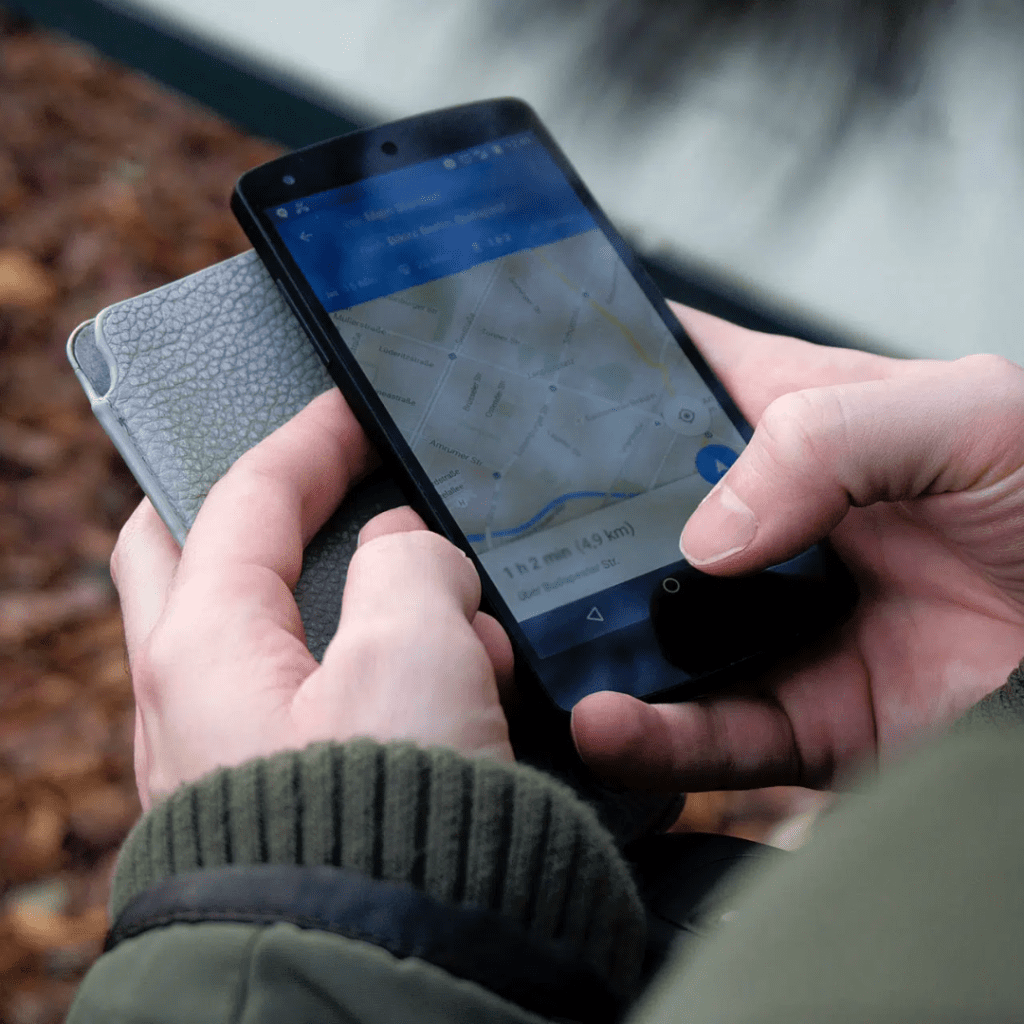
Remember to verify the information from various sources and cross-reference multiple resources to ensure accuracy and reliability. Local conditions and recommendations may change over time, so staying updated as your travel dates approach is essential. You may also visit the official resources for more information.
